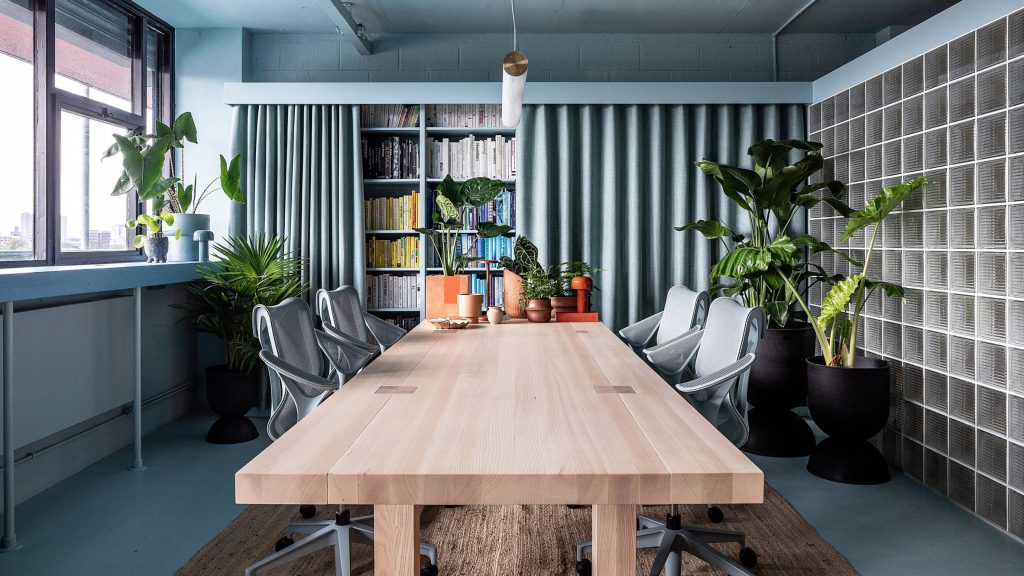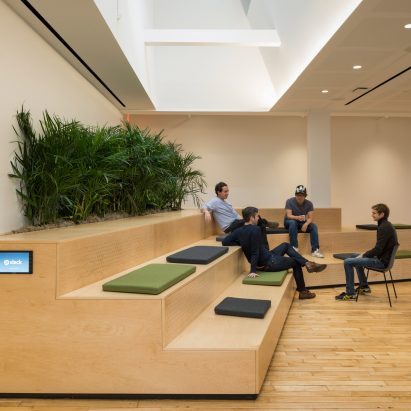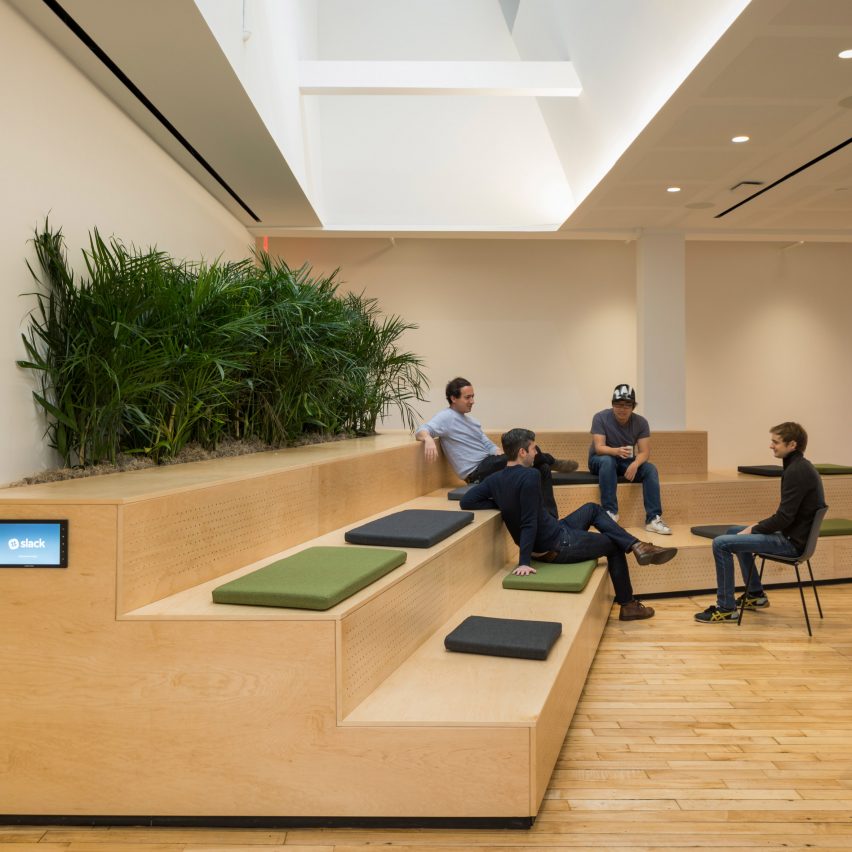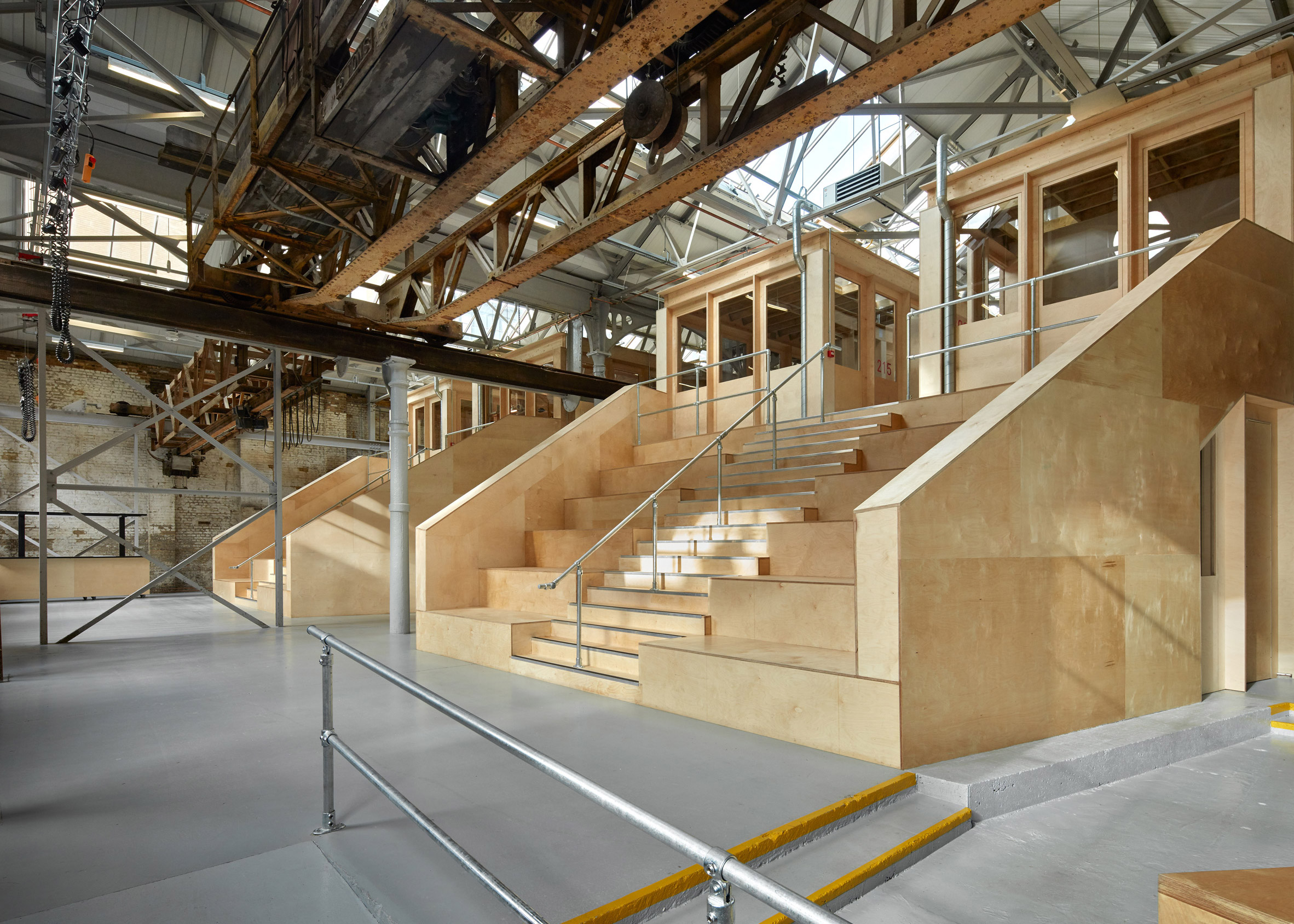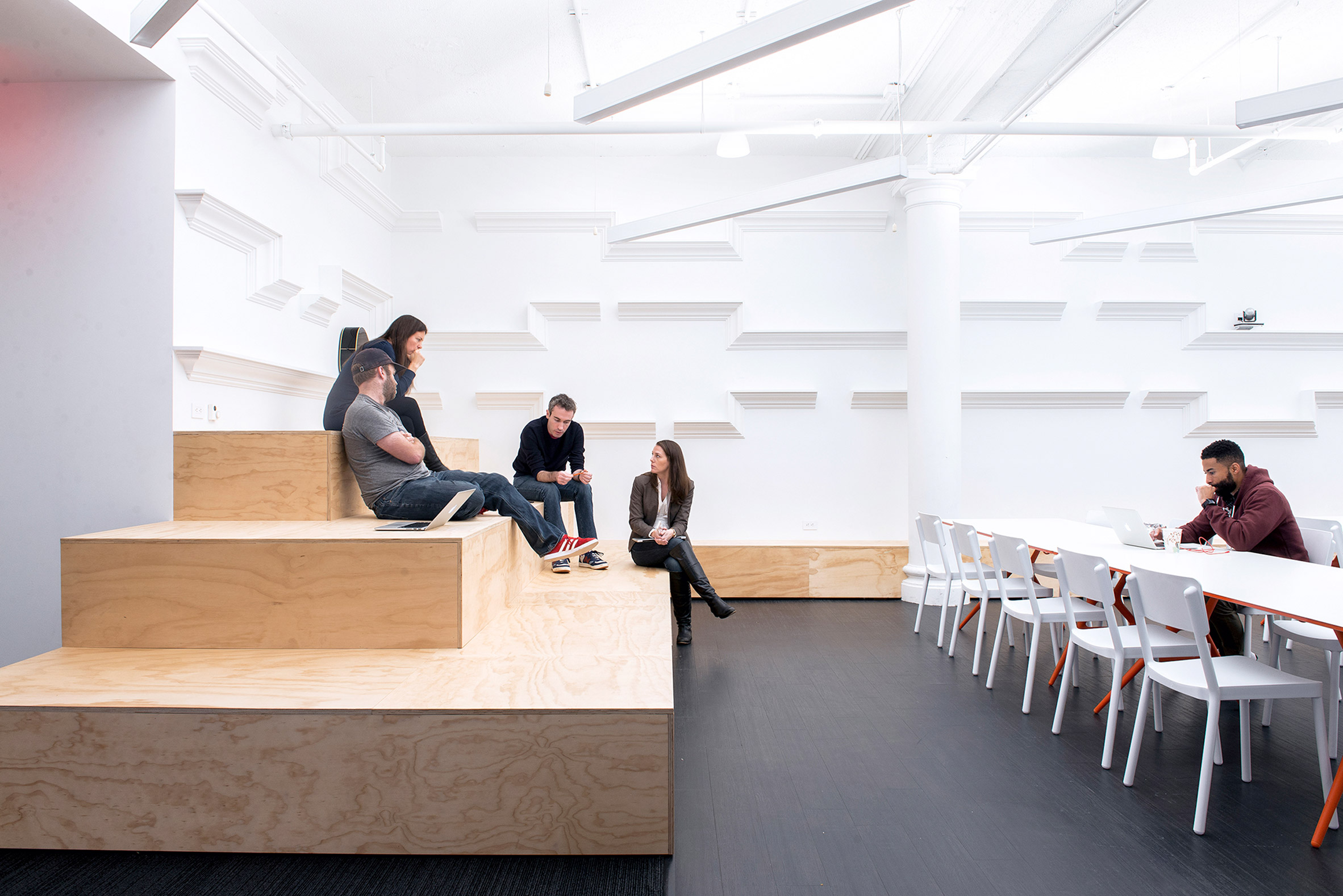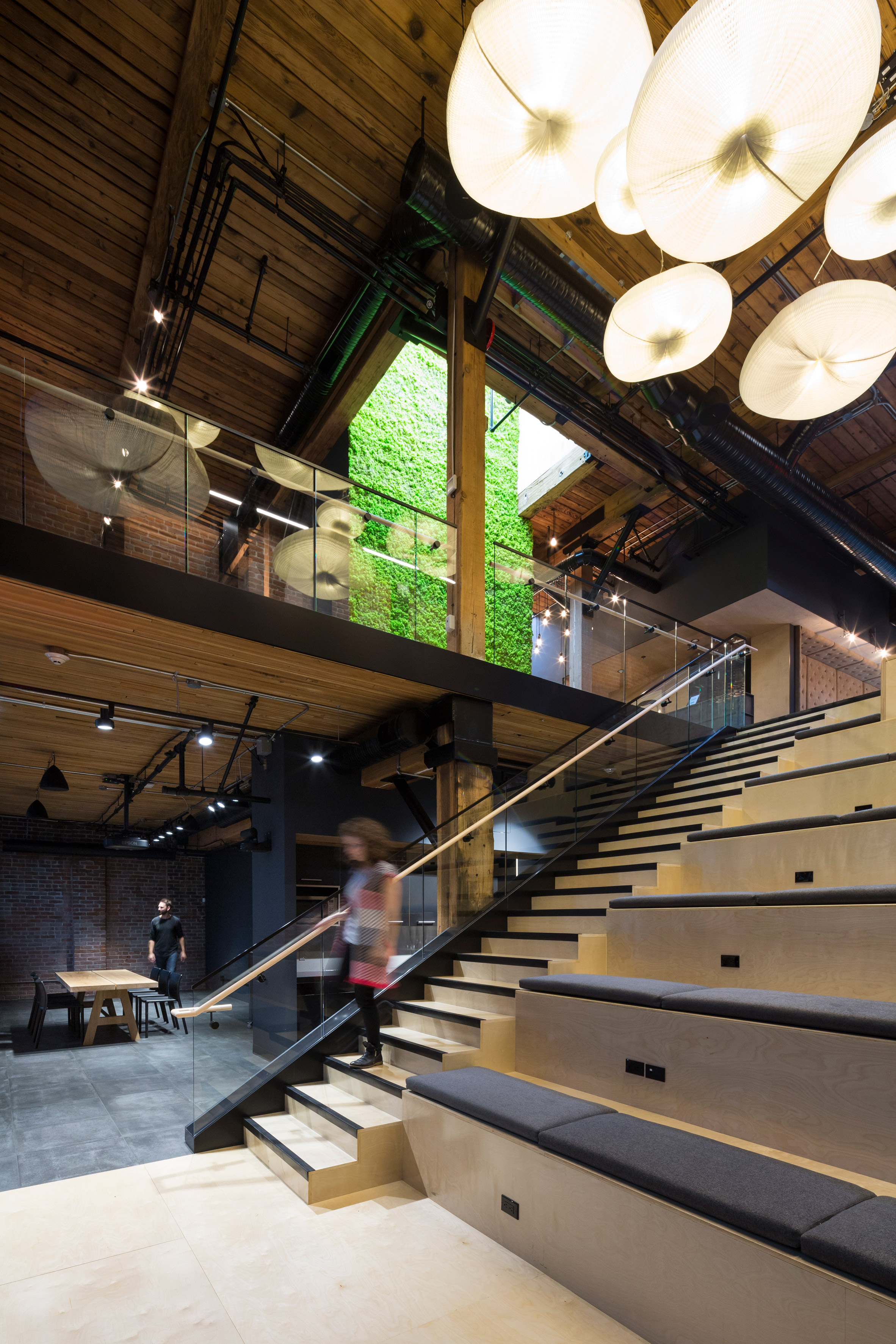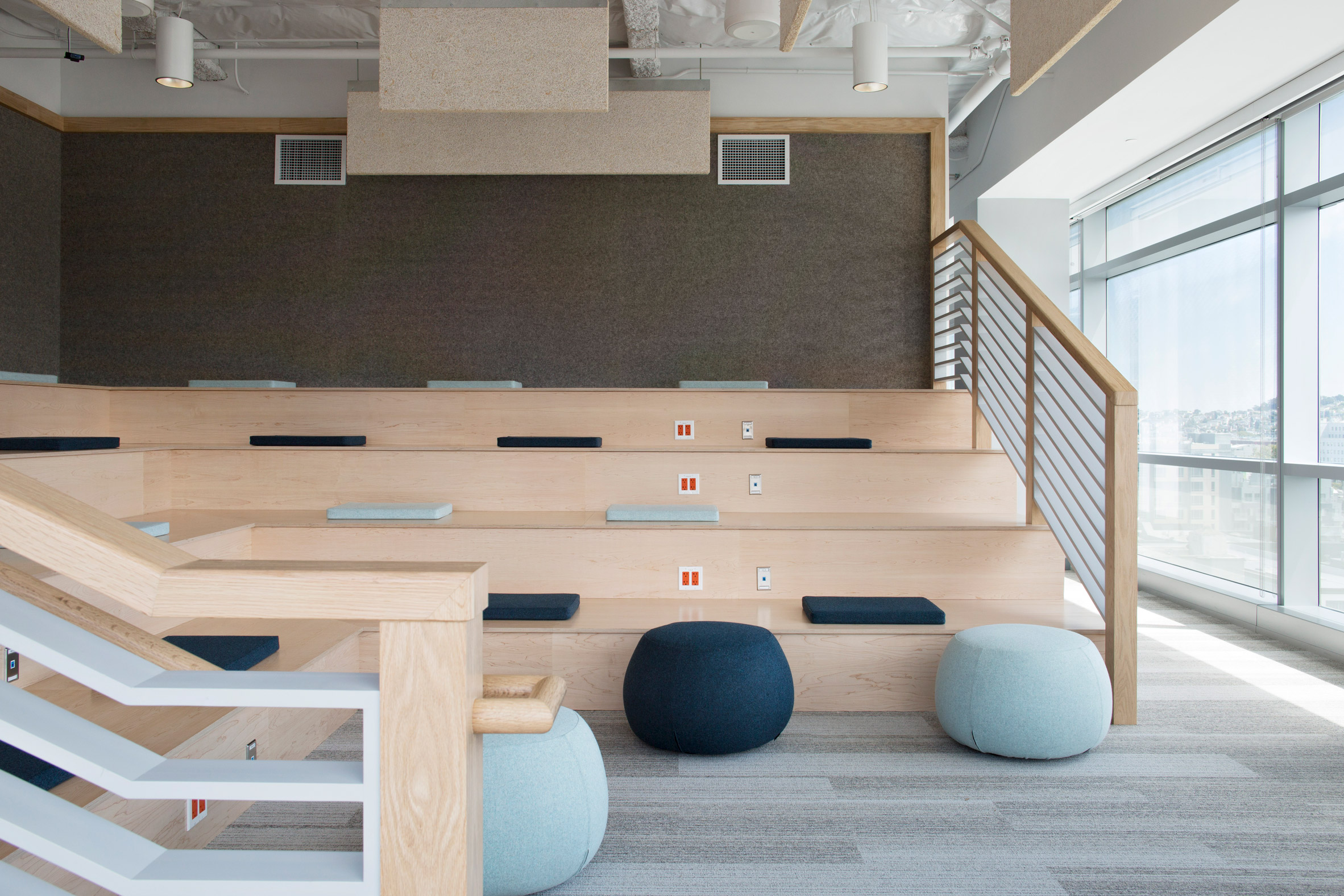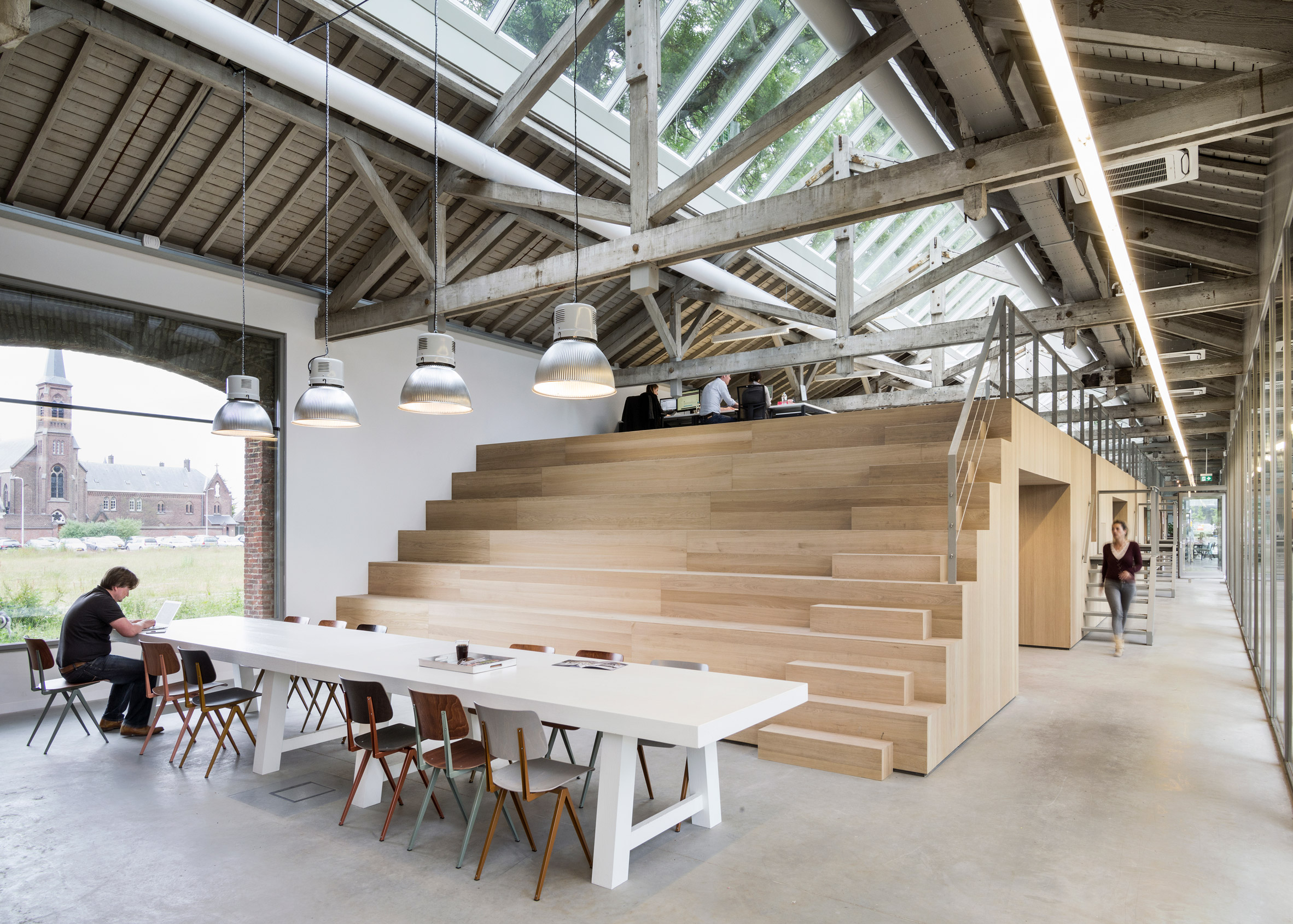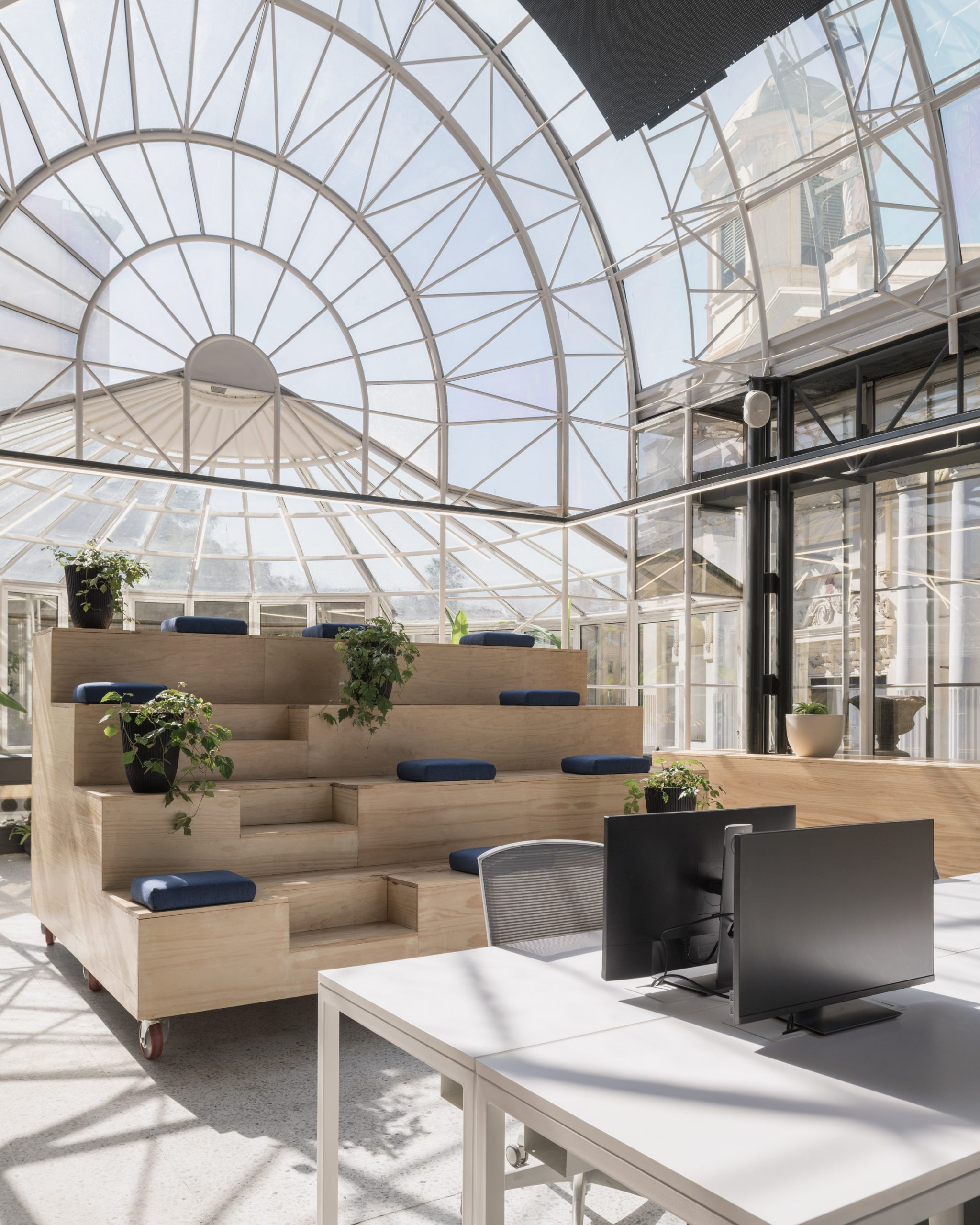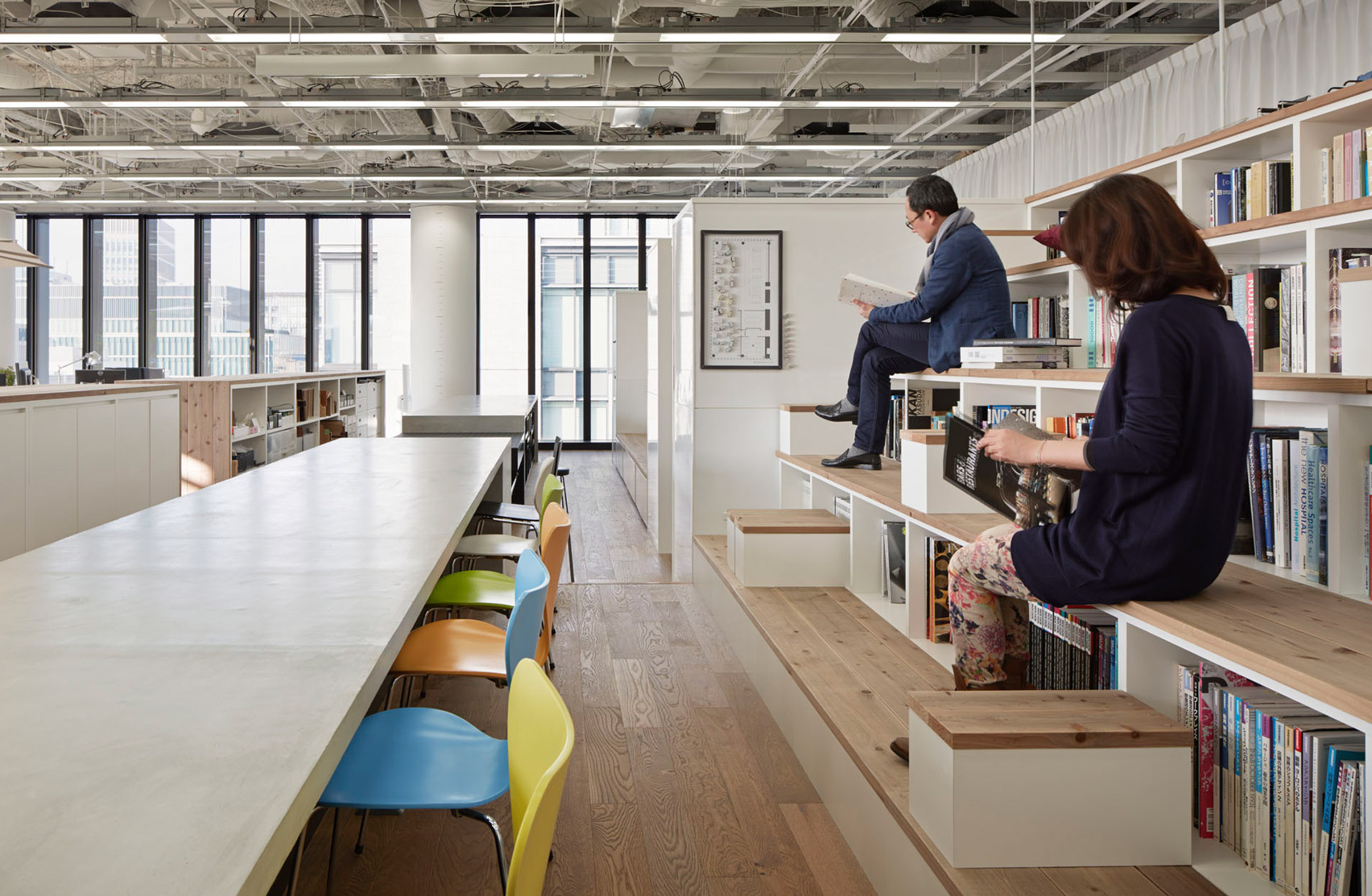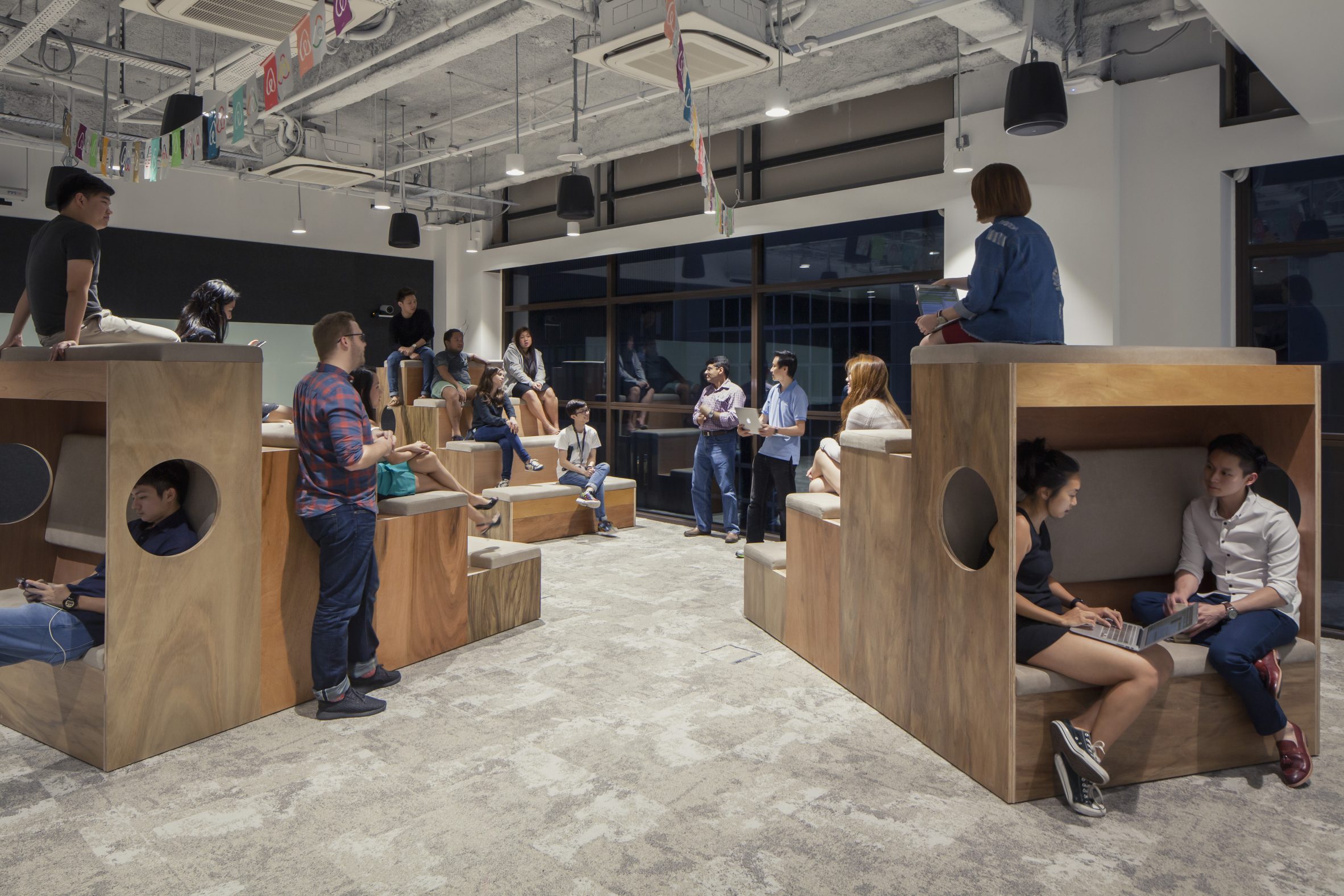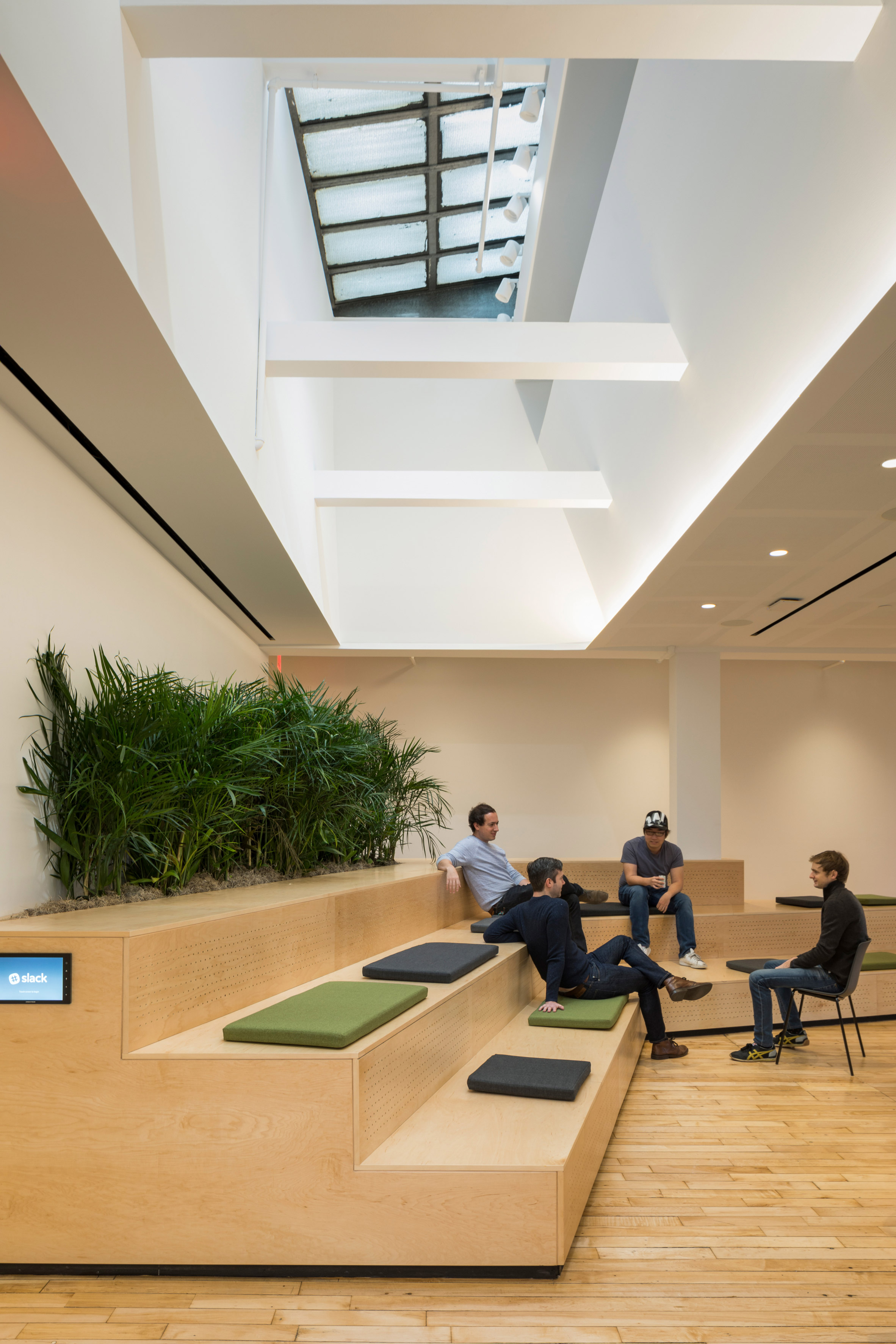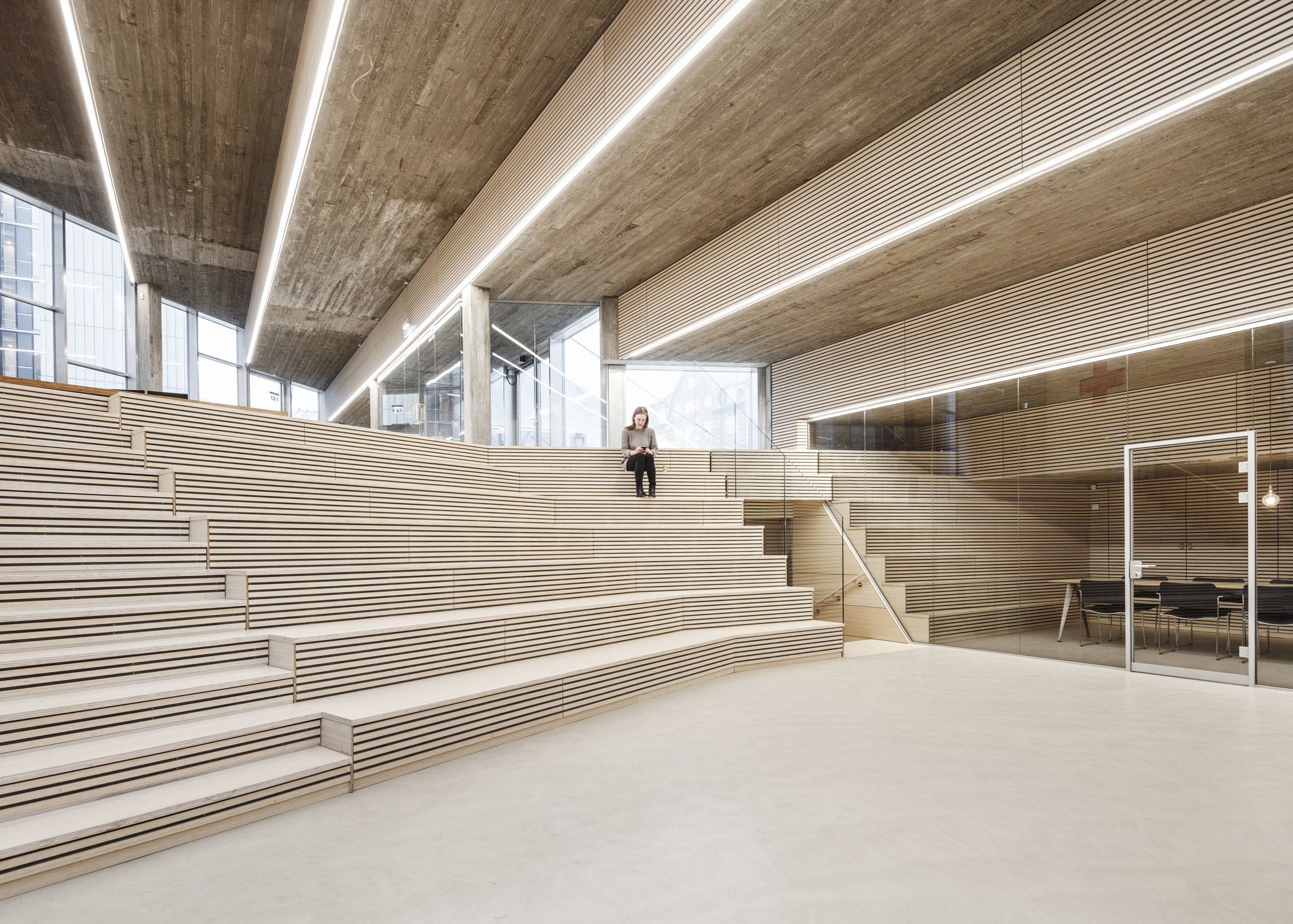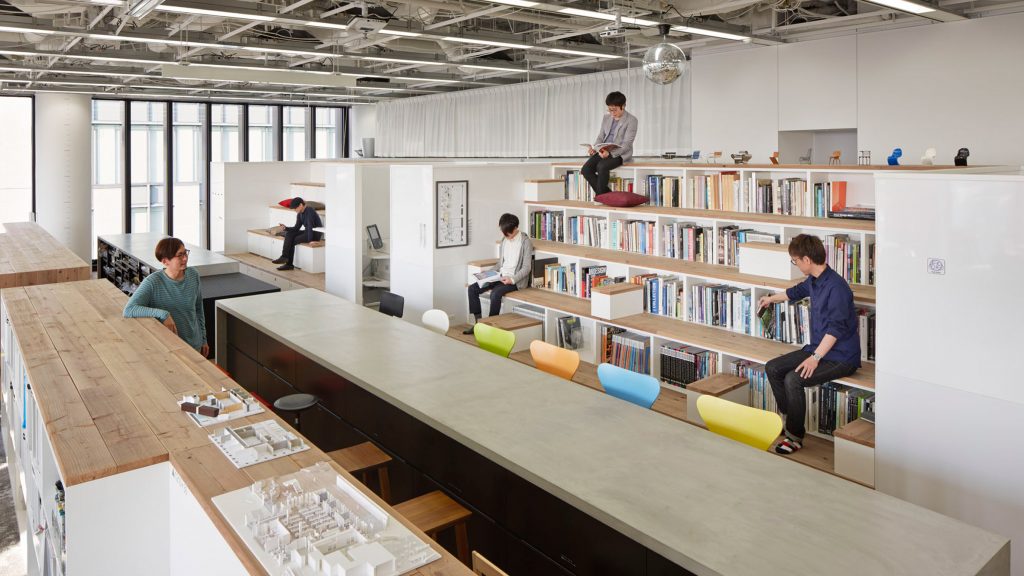Twelve Berlin architecture studios photographed by Marc Goodwin

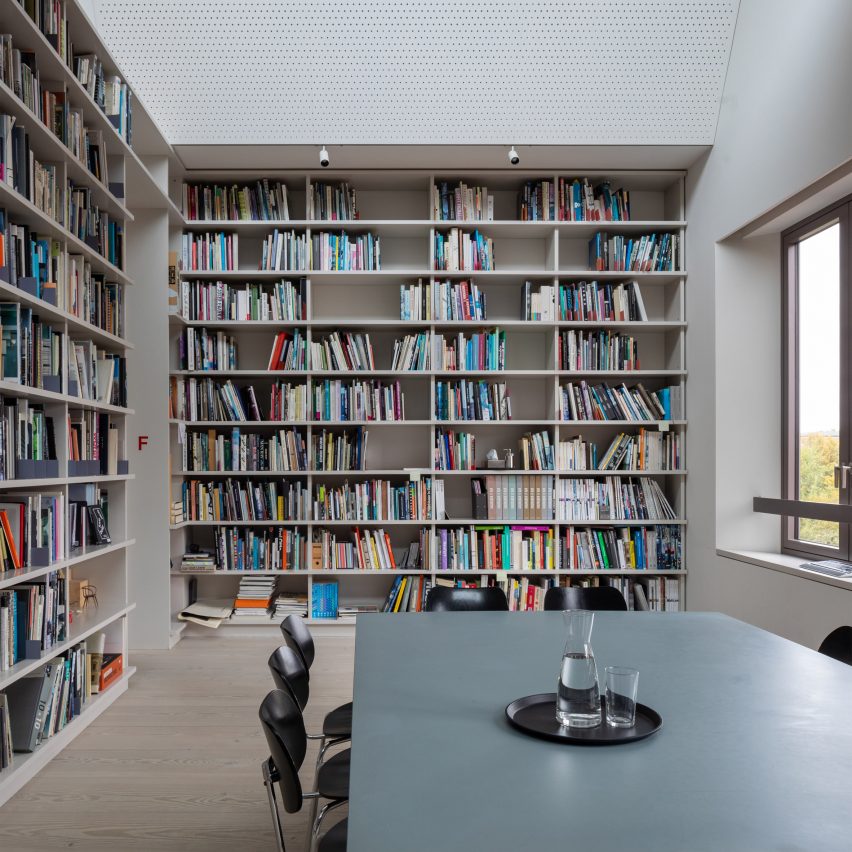
British photographer Marc Goodwin has gone behind the scenes at 12 architecture studios in Berlin including Barkow Leibinger and Sauerbruch Hutton for the latest in his photography series exploring where architects work.
Goodwin, who is the founder of studio Archmospheres, has documented architecture studios in cities across the world including Istanbul, Shanghai and São Paulo.
Following a brief hiatus caused by the coronavirus pandemic, he is now continuing his global tour by visiting offices across Europe including those in the German capital.
"We are working our way around Europe at the moment and Berlin is of course one of the major stops on that tour," he told Dezeen.
"The idea was to go there two years ago but a little something got in the way."
[ 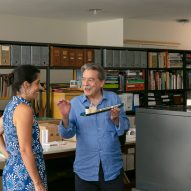
Read:
São Paulo studios of Brazilian architects including Paulo Mendes da Rocha captured in photos
](https://www.dezeen.com/2019/08/14/sao-paulo-architecture-studios-marc-goodwin-photography/)
The Berlin series offers a glimpse inside 12 architecture studios including Barkow Leibinger, LAVA, Sauerbruch Hutton and Studio Karhard, the designer of the city's renowned nightclub Berghain. The studios range in size from three employees to 140 members of staff and occupy a mix of purpose-built offices and adaptively reused buildings.
Goodwin described the experience as "Vorsprung durch Technik" – referring to the famous slogan of German carmaker Audi, which translates as "progress through technology".
"There was little of the Bohemian Berlin of bygone days – that was what struck me most," Goodwin explained.
"It seemed a very professional place of work and I'll be interested to compare it with upcoming shoots in Munich, Frankfurt and Stuttgart."
Scroll down for a look inside 12 architecture studios in Berlin:
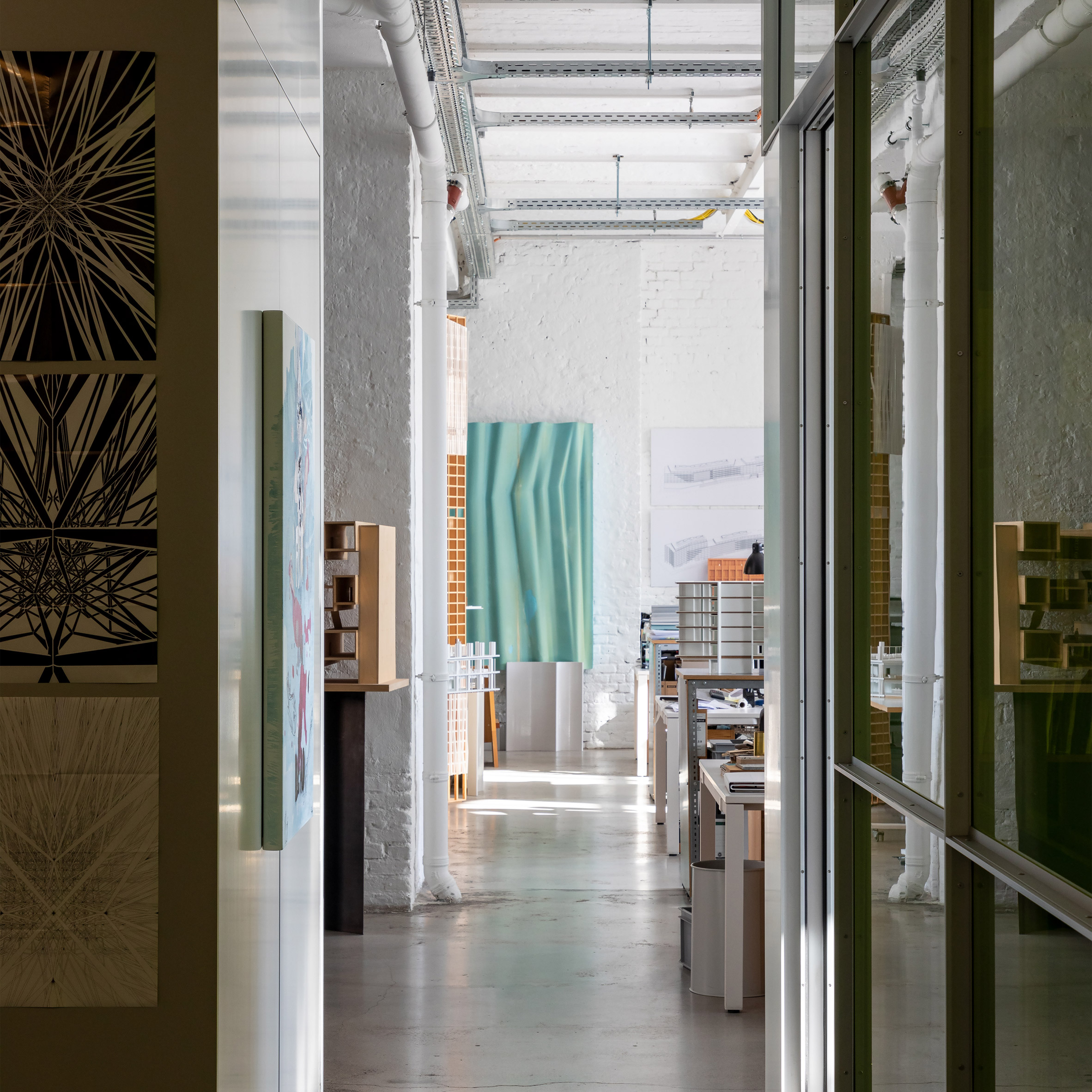
In this space since: 1997
Number of members of staff: 80
Building's history: located at Schillerstraße 94 by Georg Lewy
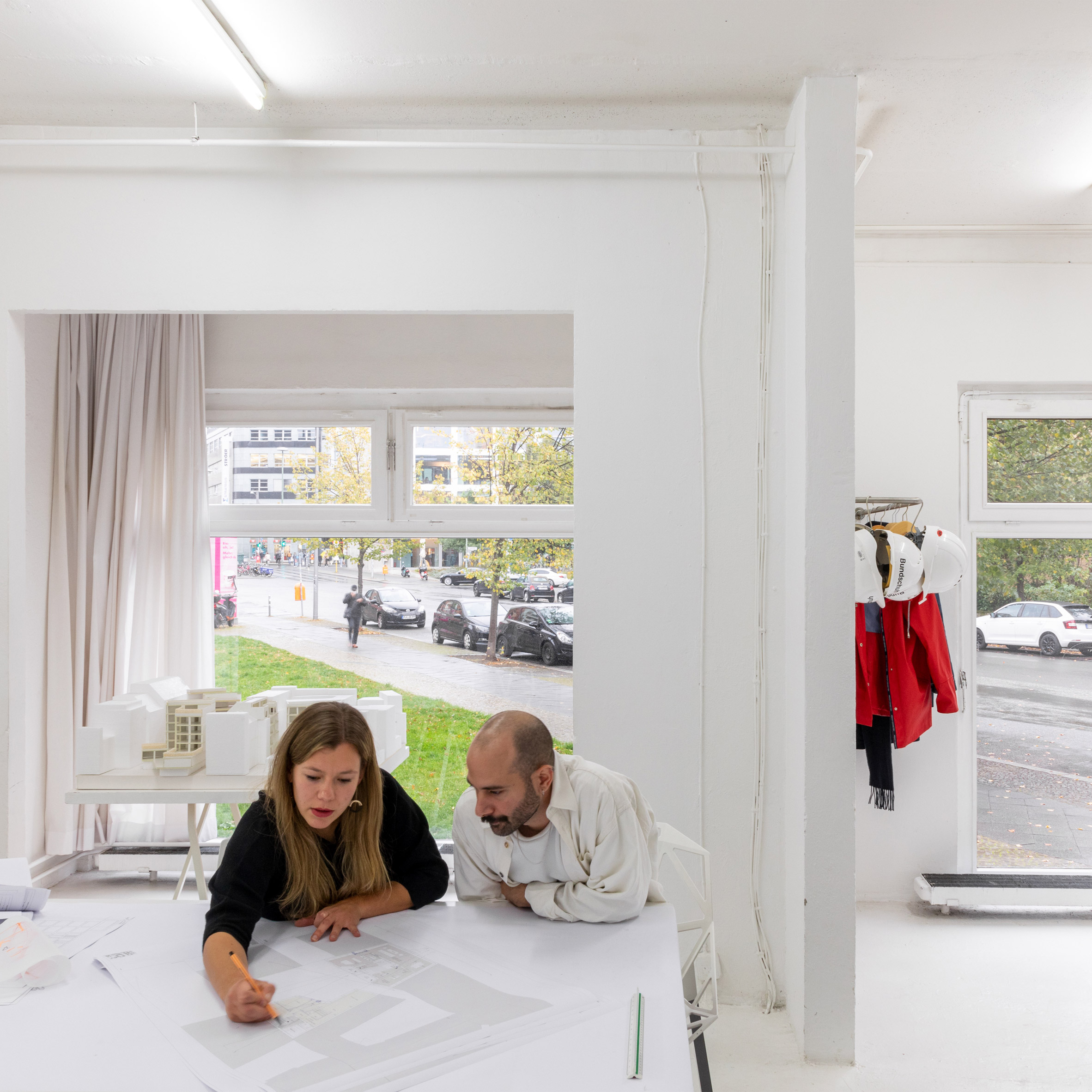
Bundschuh Architekten
In this space since: 2007
Number of members of staff: nine
Building's history: former counselling centre
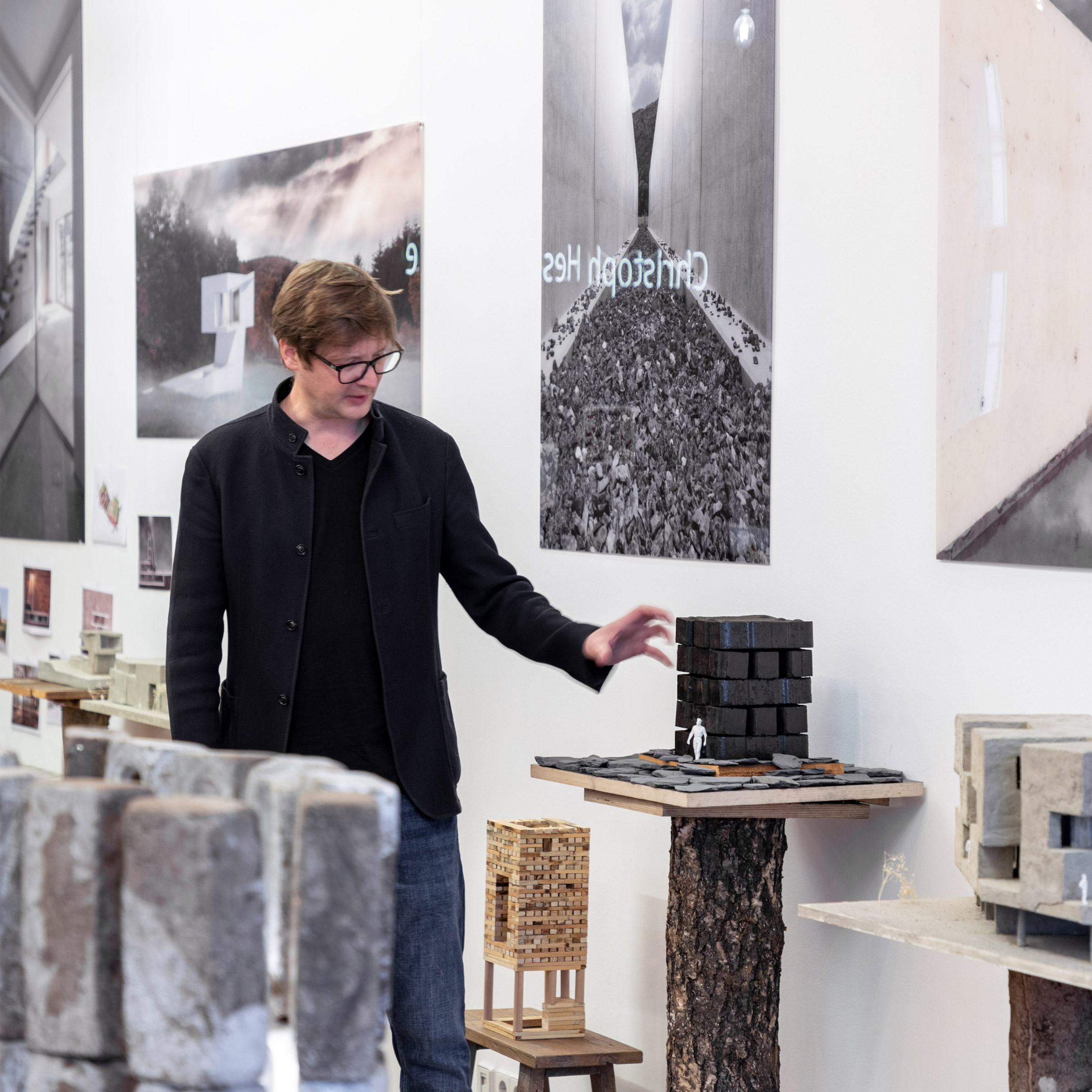
C hristoph Hesse Architects (Berlin)
In this space since: 2018
Number of members of staff: three
Building's history: old workshop
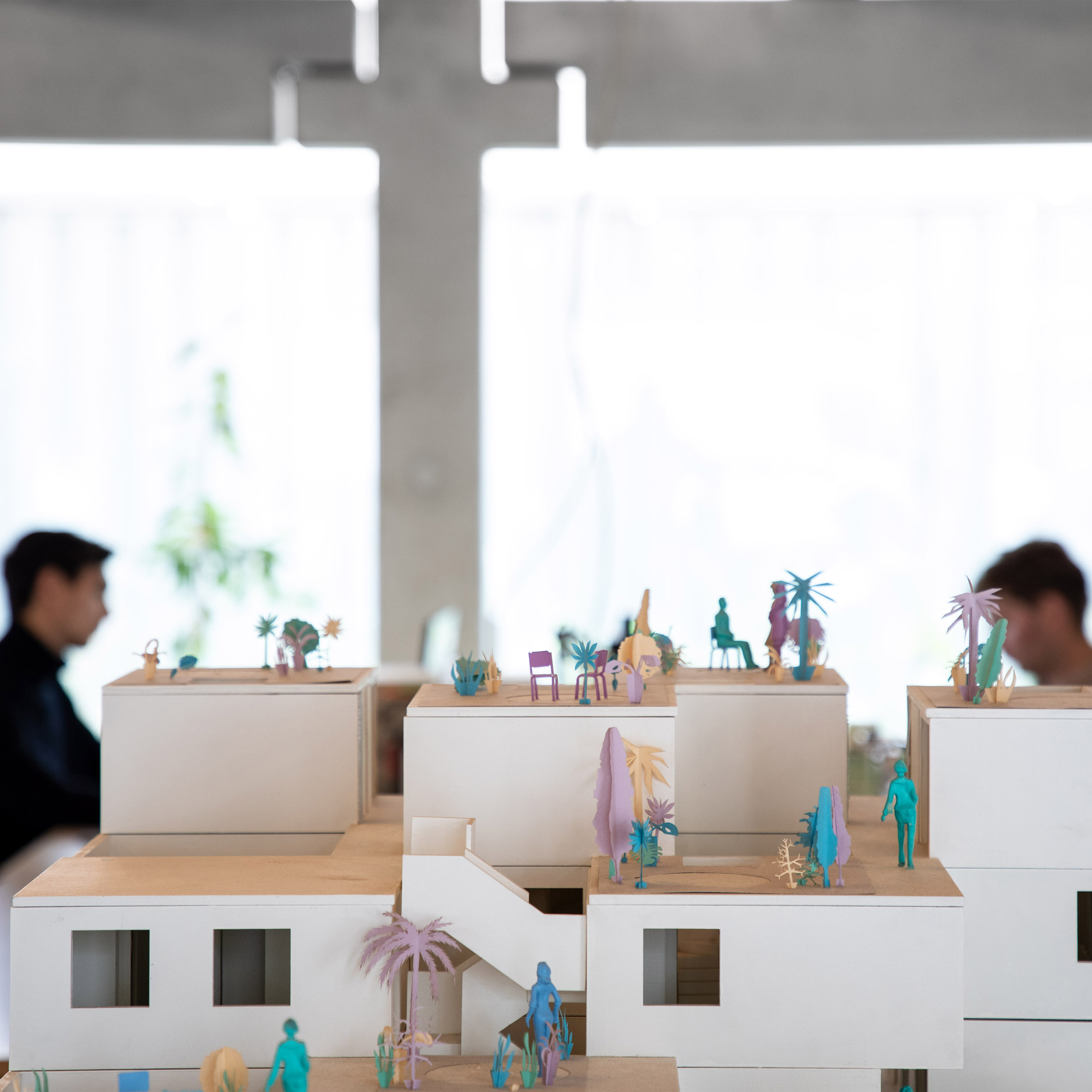
FAR
In this space since: 2019
Number of members of staff: 10
Building's history: new build
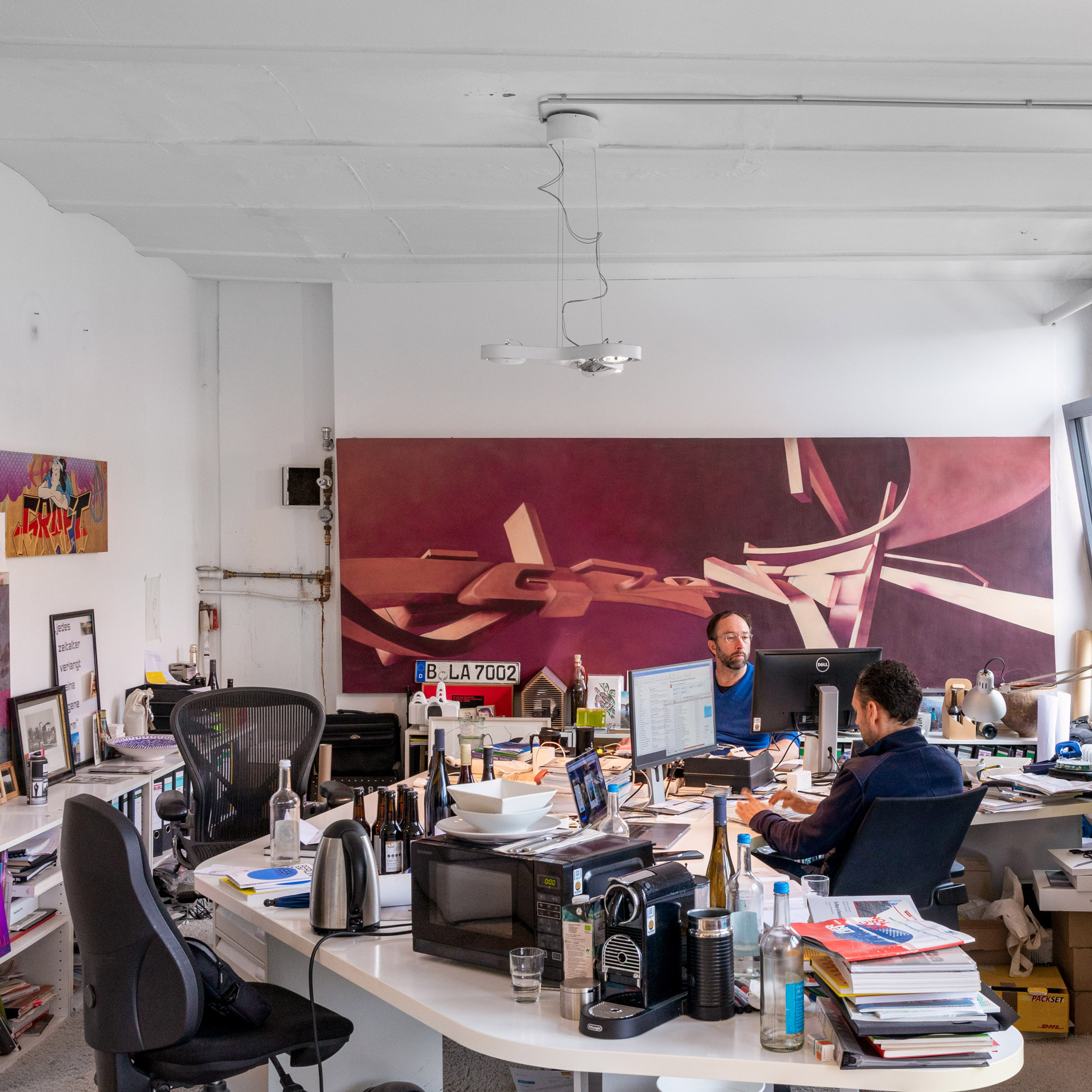
Graft
In this space since: 2007
Number of members of staff: 90
Building's history: former carburetor production facility
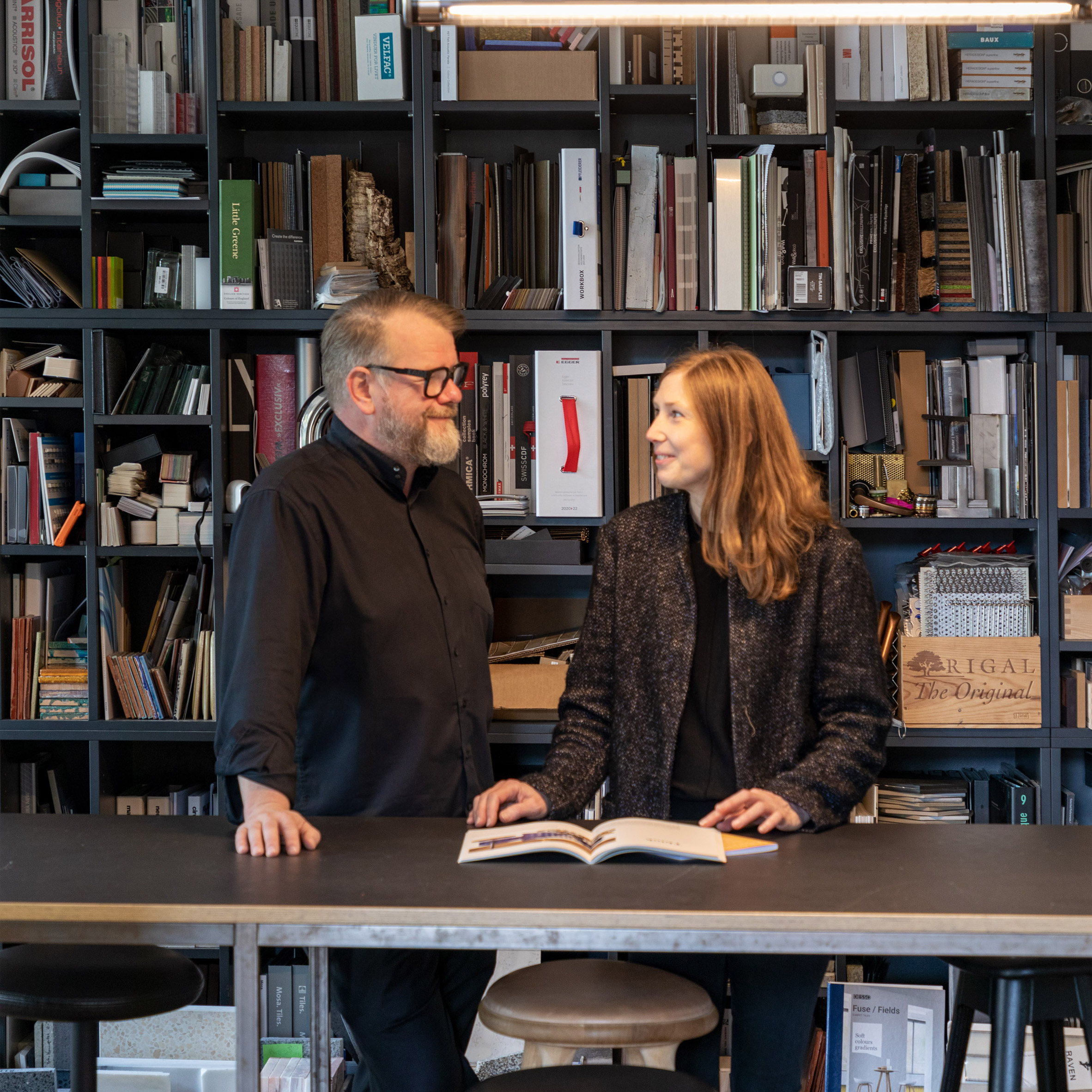
*Studio Karhard
*
In this space since: 2010
Number of members of staff: nine
Building's history: residential
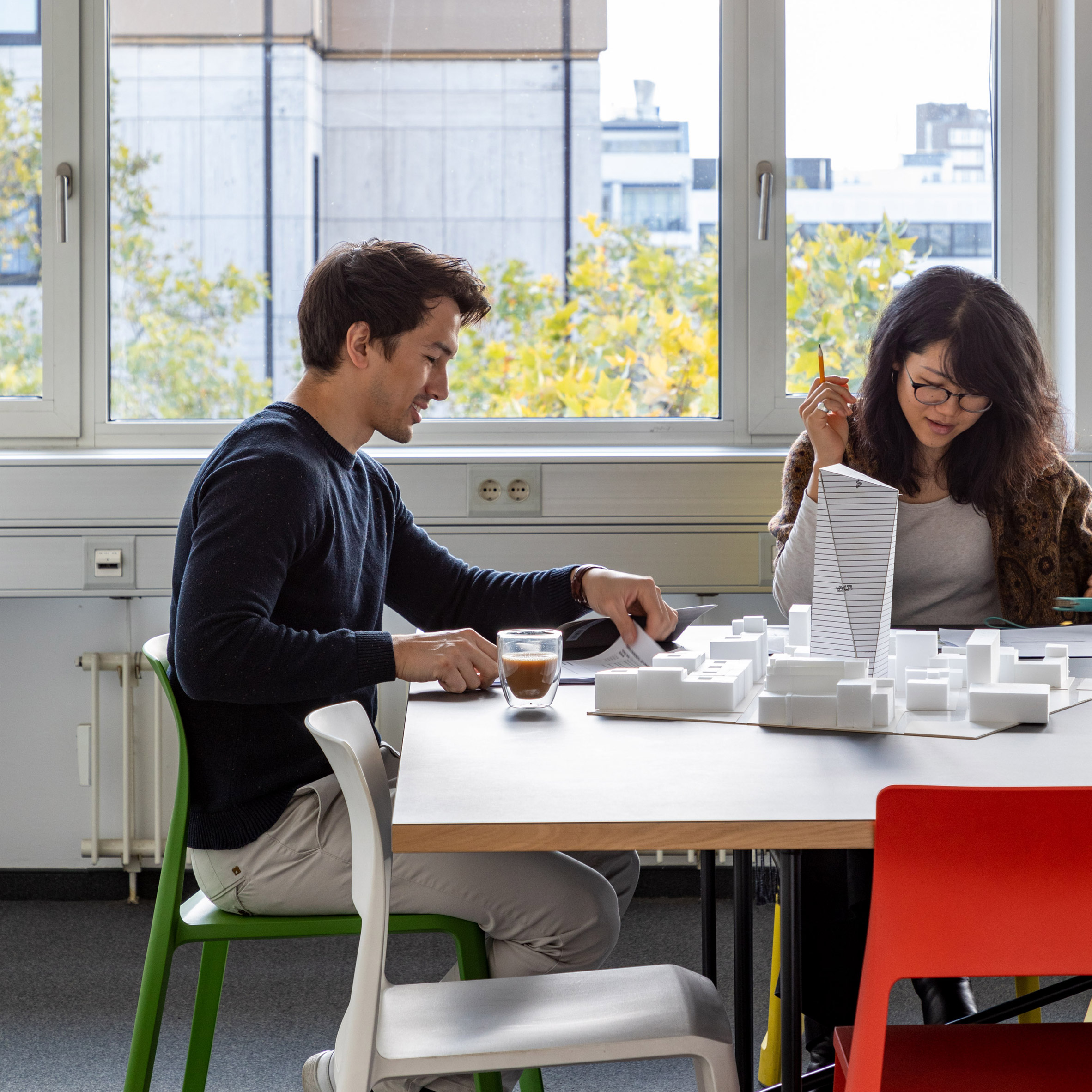
Jasper
In this space since: 2017
Number of members of staff: 26
Building's history: office building
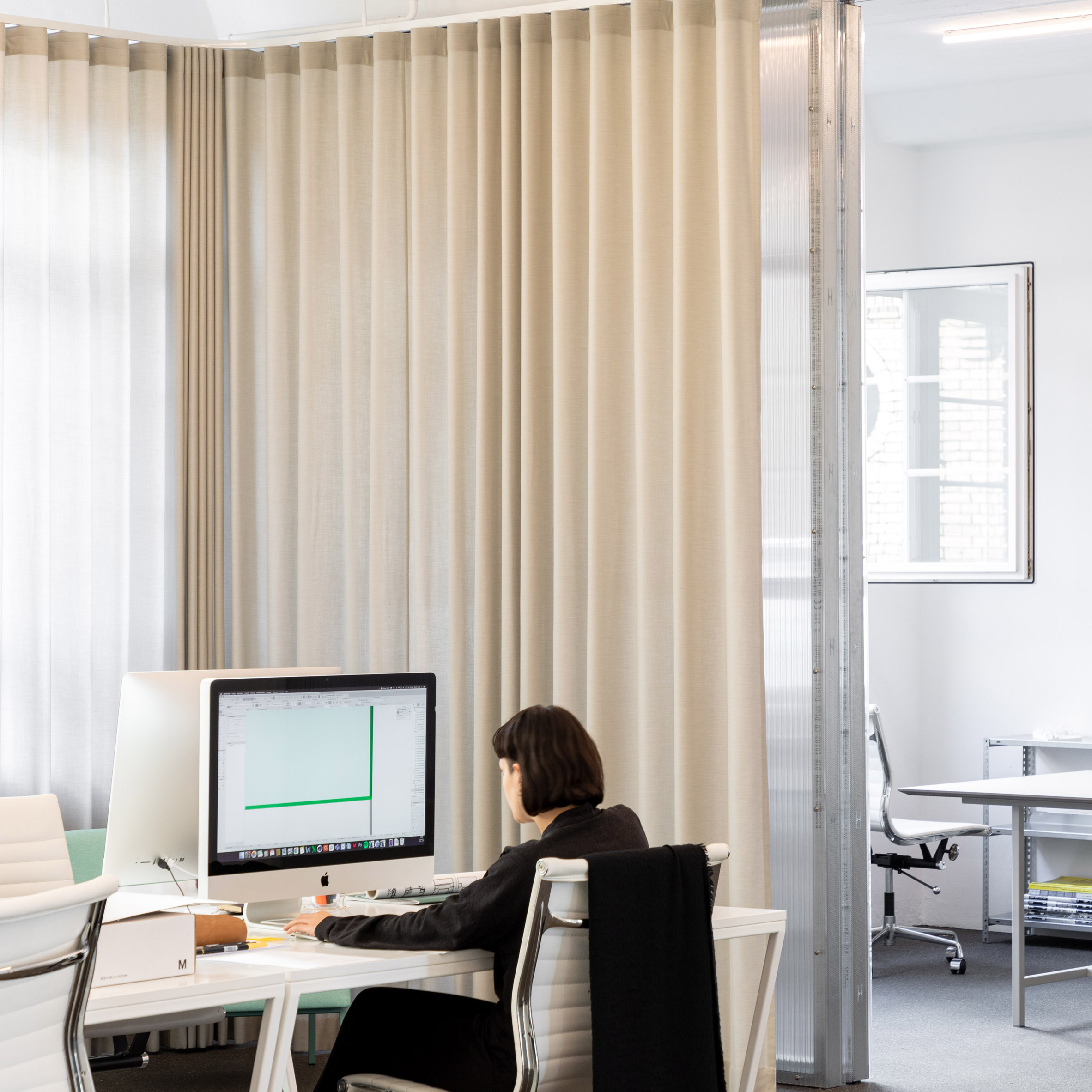
JWA
In this space since: 2018
Number of members of staff: 27
Building's history: commercial building
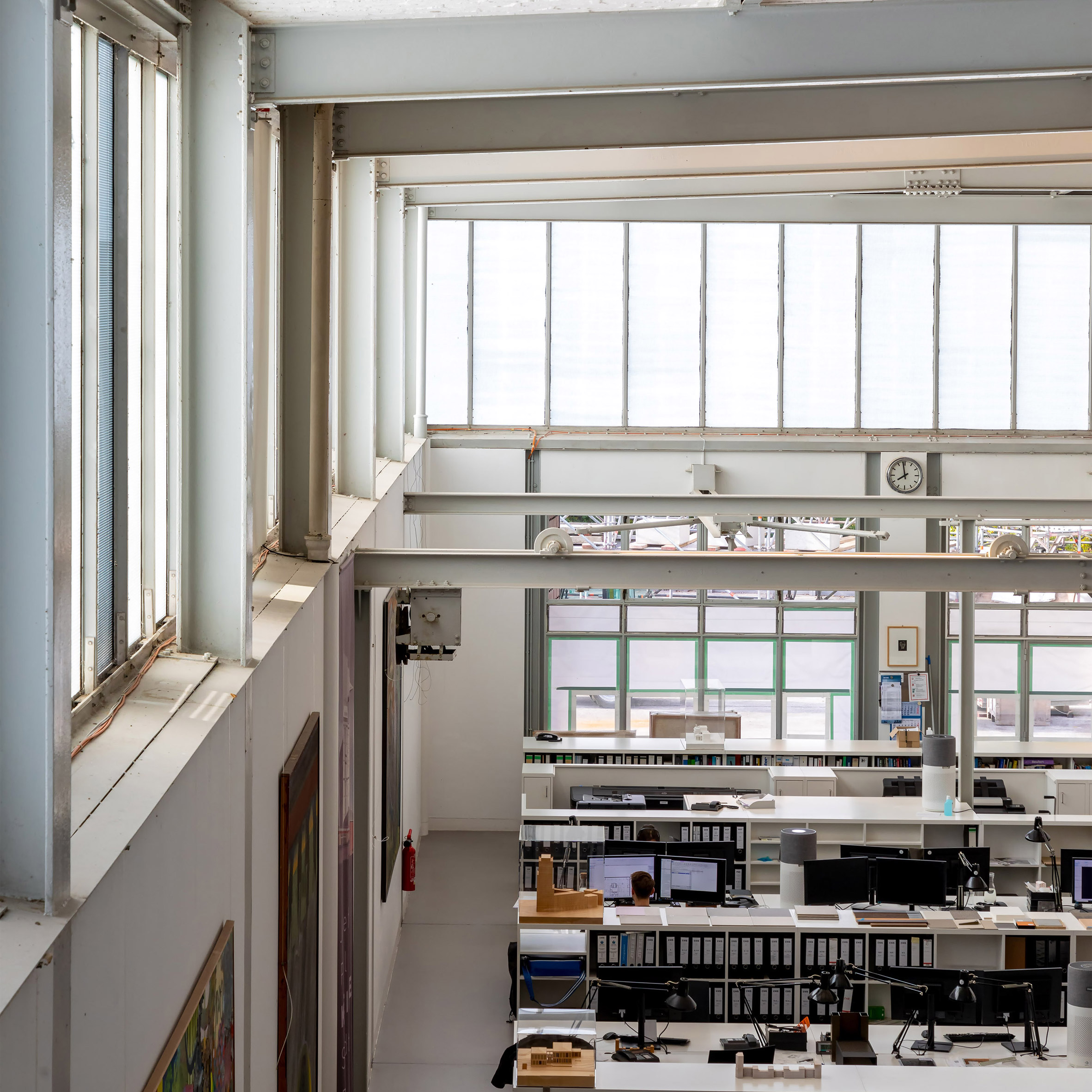
Kleihues
In this space since: 1989
Number of members of staff: 80
Building's history: former waste-loading station by Paul Baumgarten
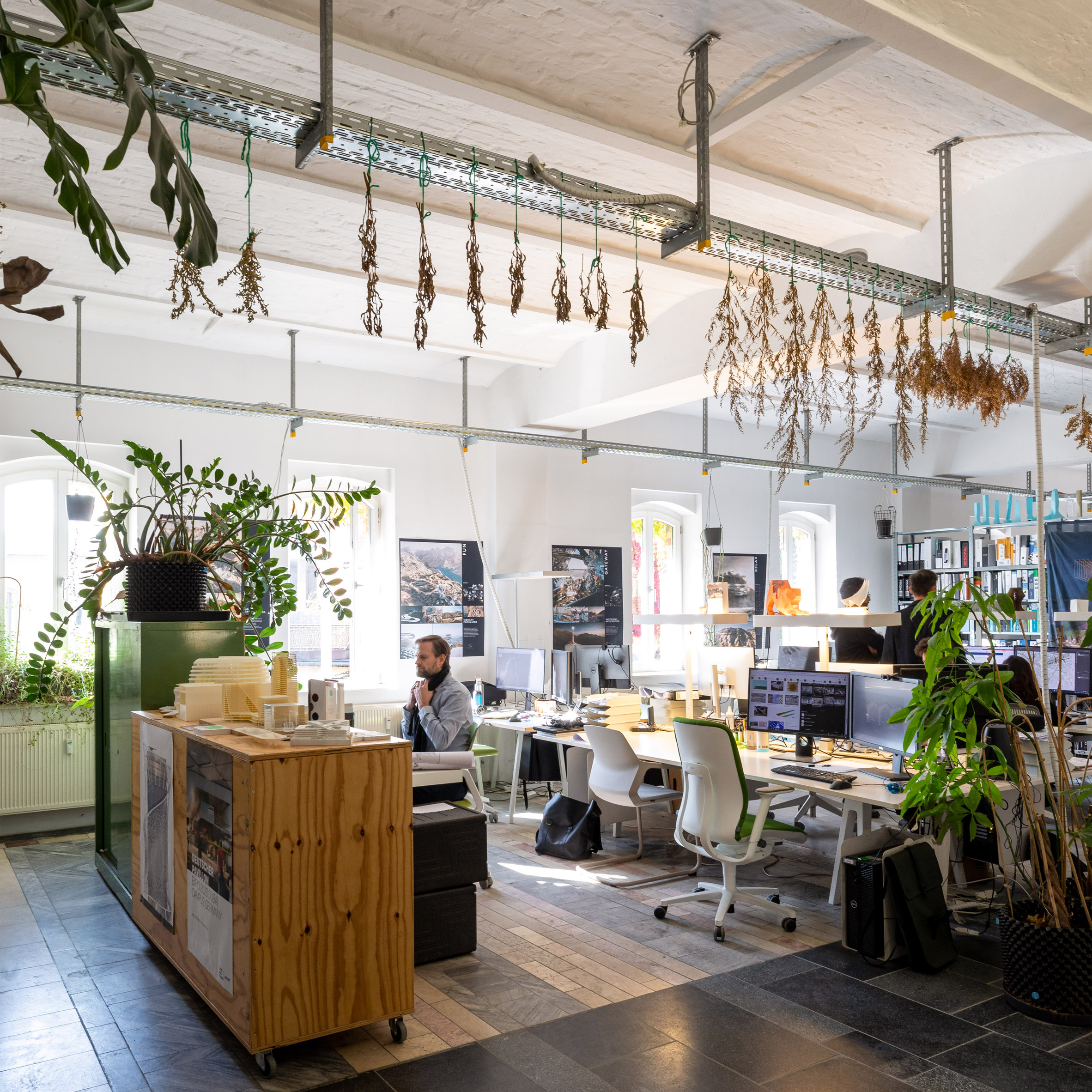
In this space since: 2021
Number of members of staff: 29
Building's history: brewery and bottle store
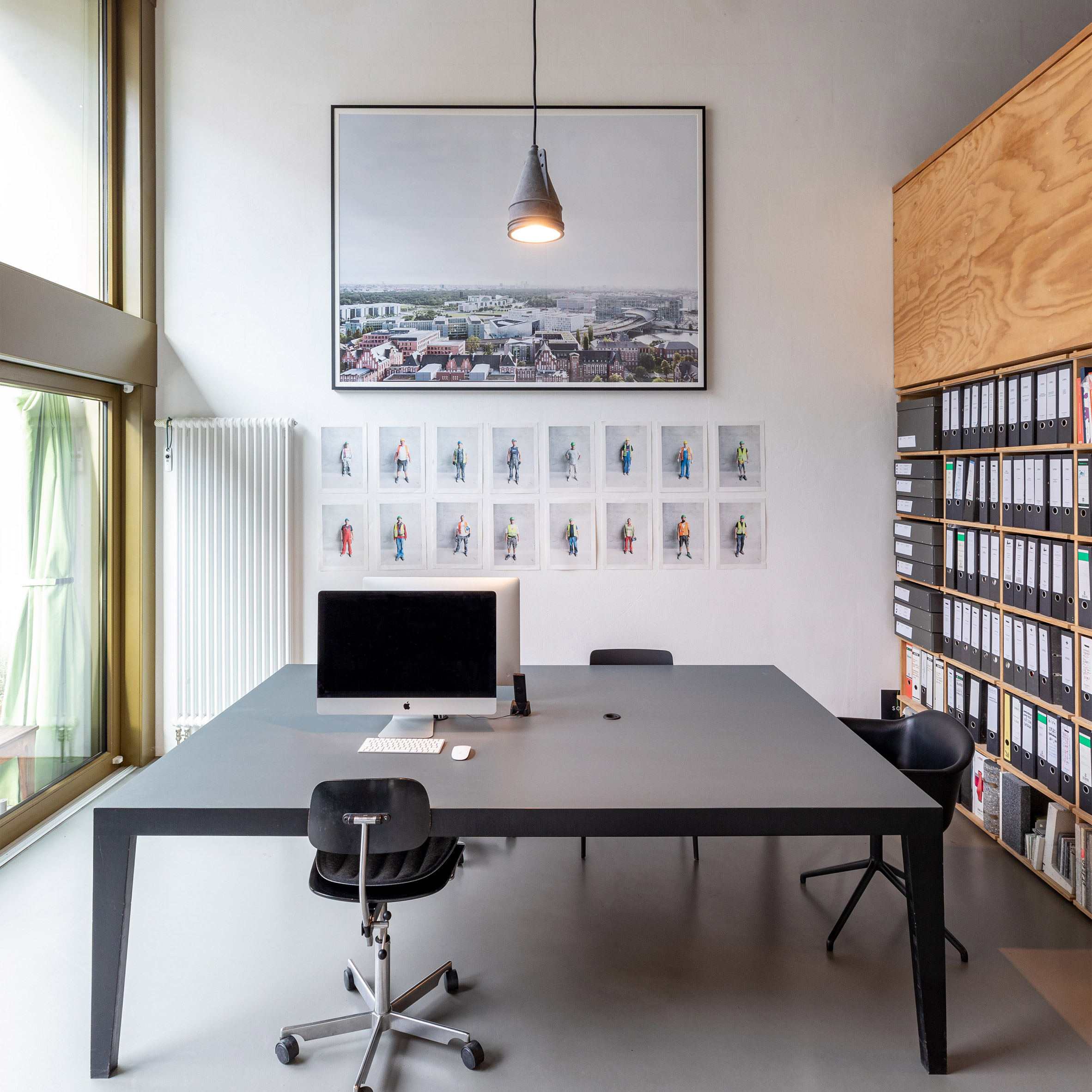
Richter Musikows
In this space since: 2015
Number of members of staff: eight
Building's history: new build
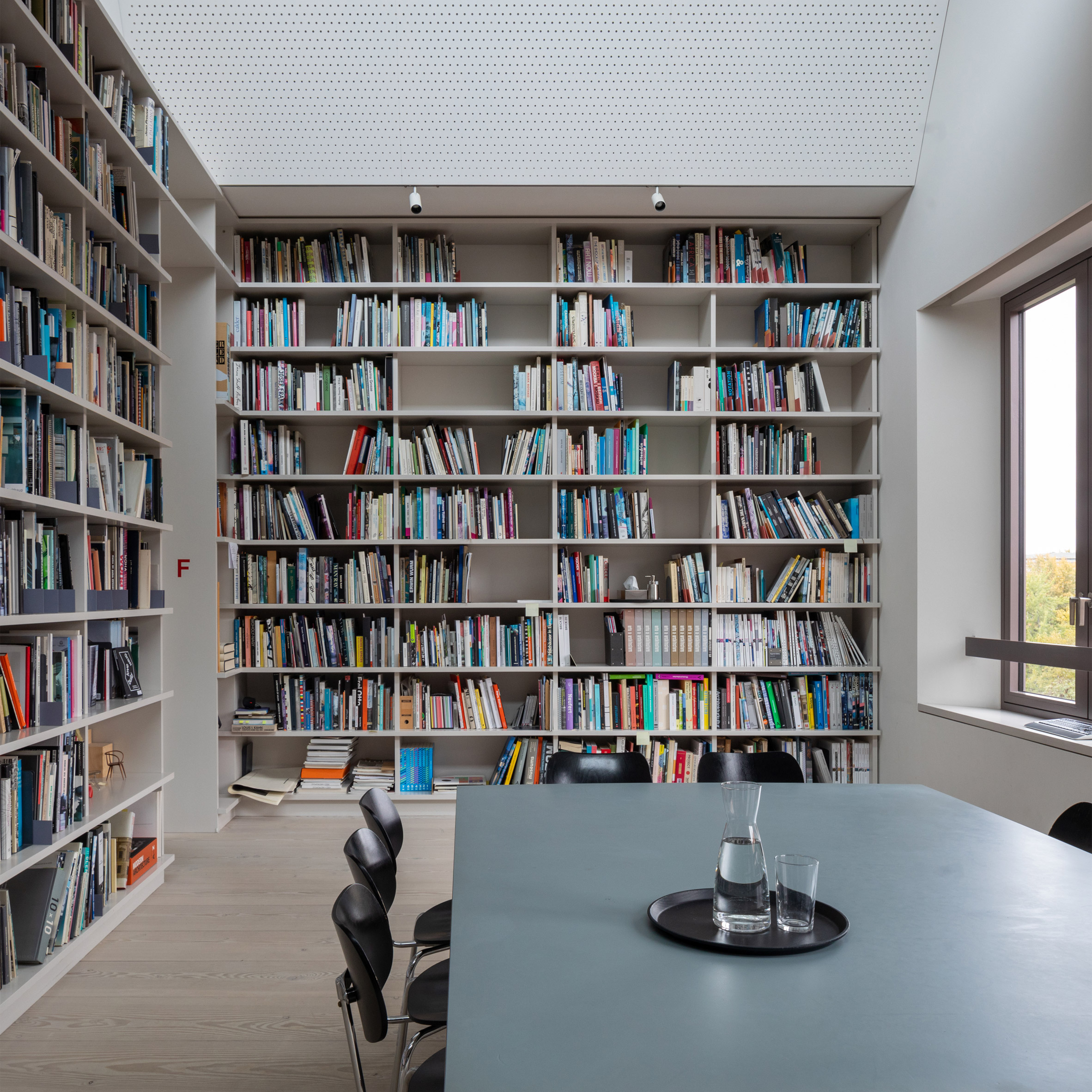
In this space since: 1991
Number of members of staff: 140
Building's history: historic barracks
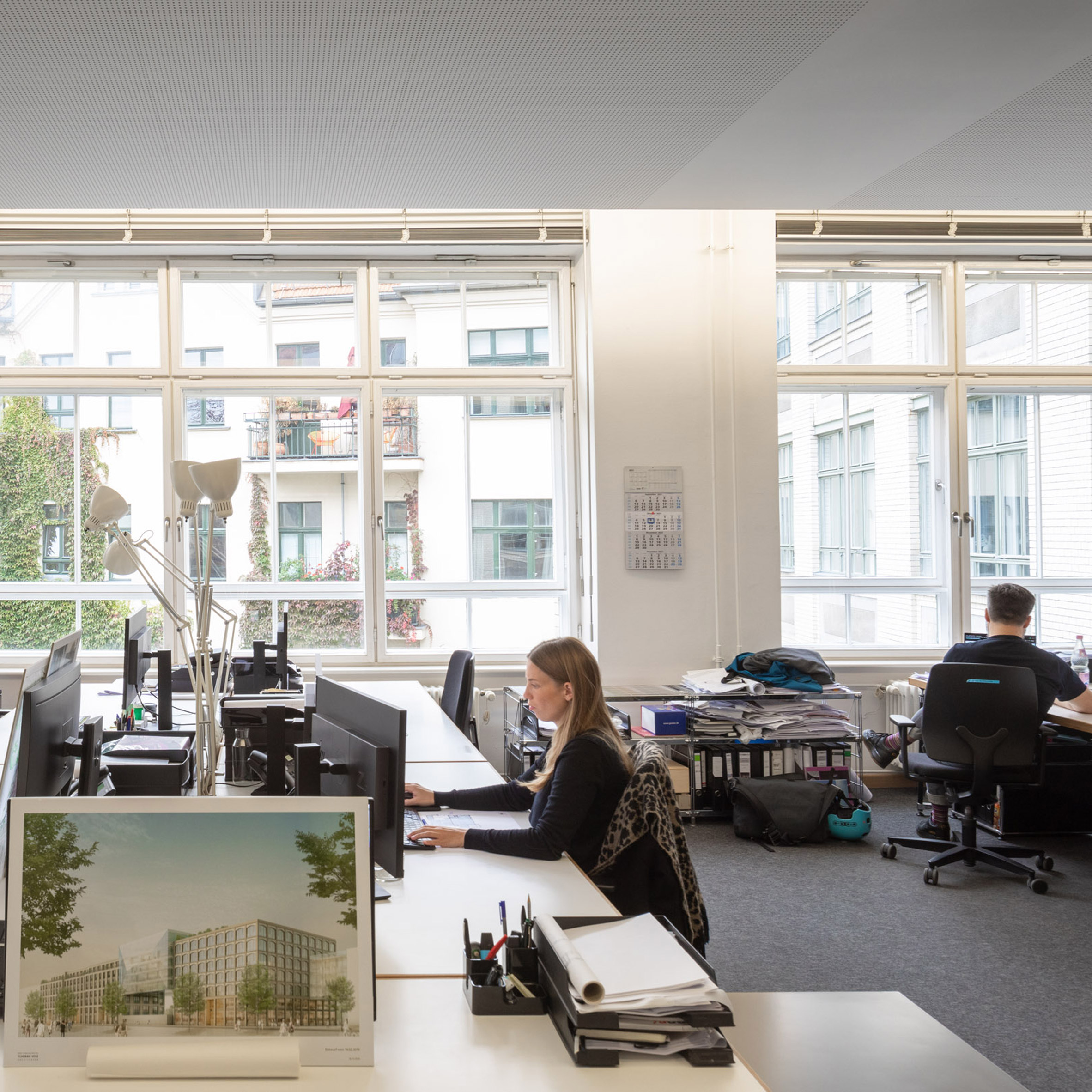
Tchoban Voss (Berlin)
In this space since: 1995
Number of members of staff: total: 80
Building's history: located atHackesche Höfe complex by Kurt Berndt
The post Twelve Berlin architecture studios photographed by Marc Goodwin appeared first on Dezeen.
#all #architecture #interiors #photography #germany #berlin #architectsstudios #marcgoodwin #officeinteriors
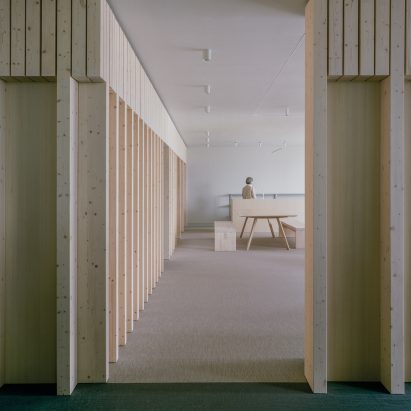
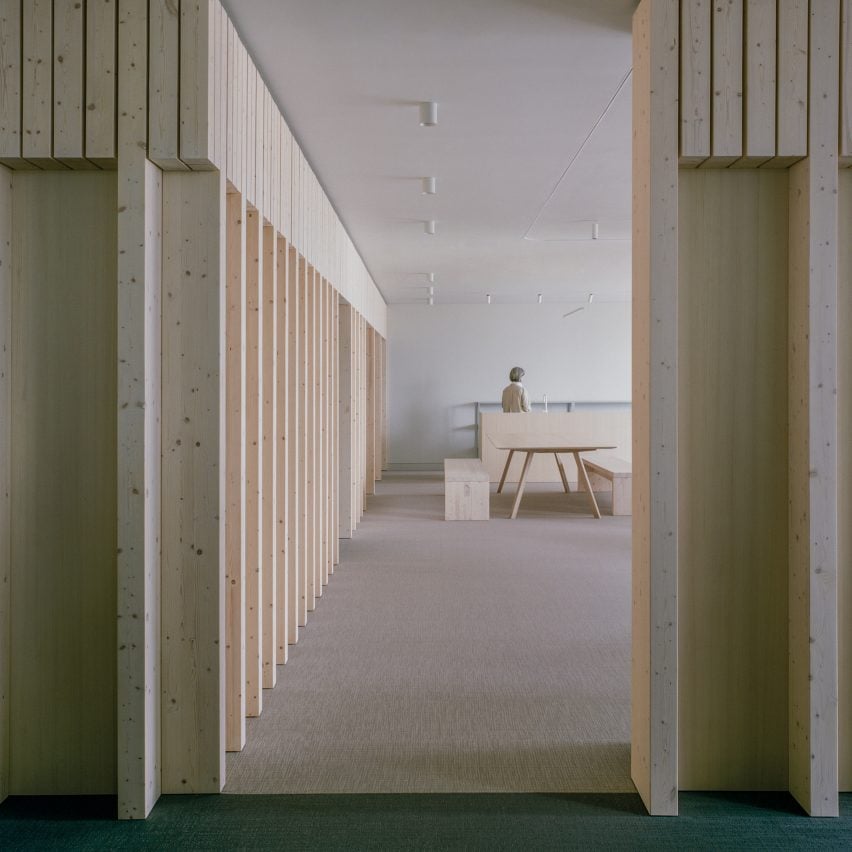
 Spruce wood partitions break up the Samsung Design Europe headquarters
Spruce wood partitions break up the Samsung Design Europe headquarters Spruce fins also run along the office's windows
Spruce fins also run along the office's windows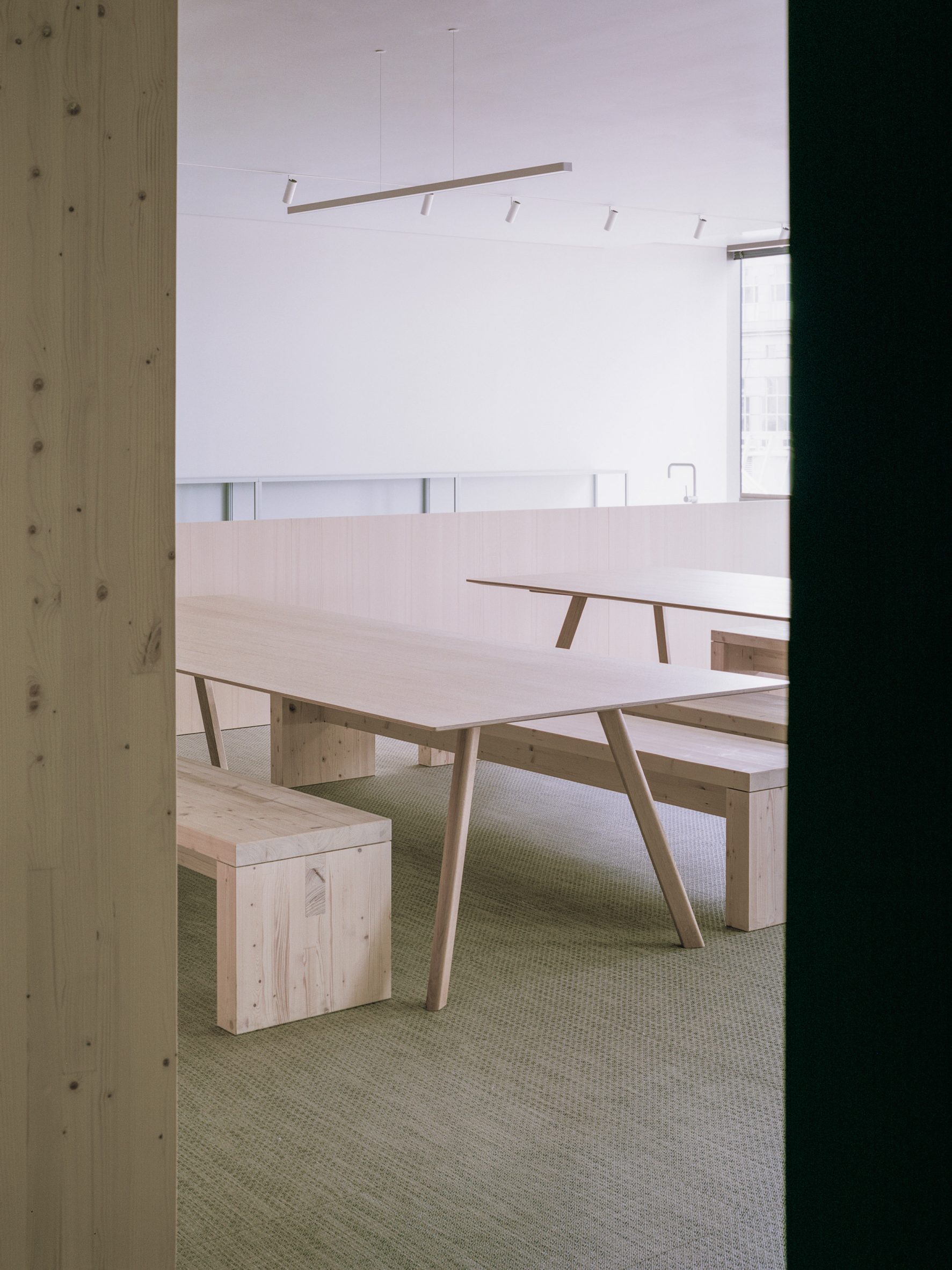 Furnishings in the breakout area are made from spruce
Furnishings in the breakout area are made from spruce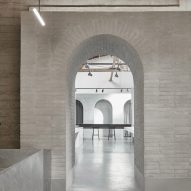
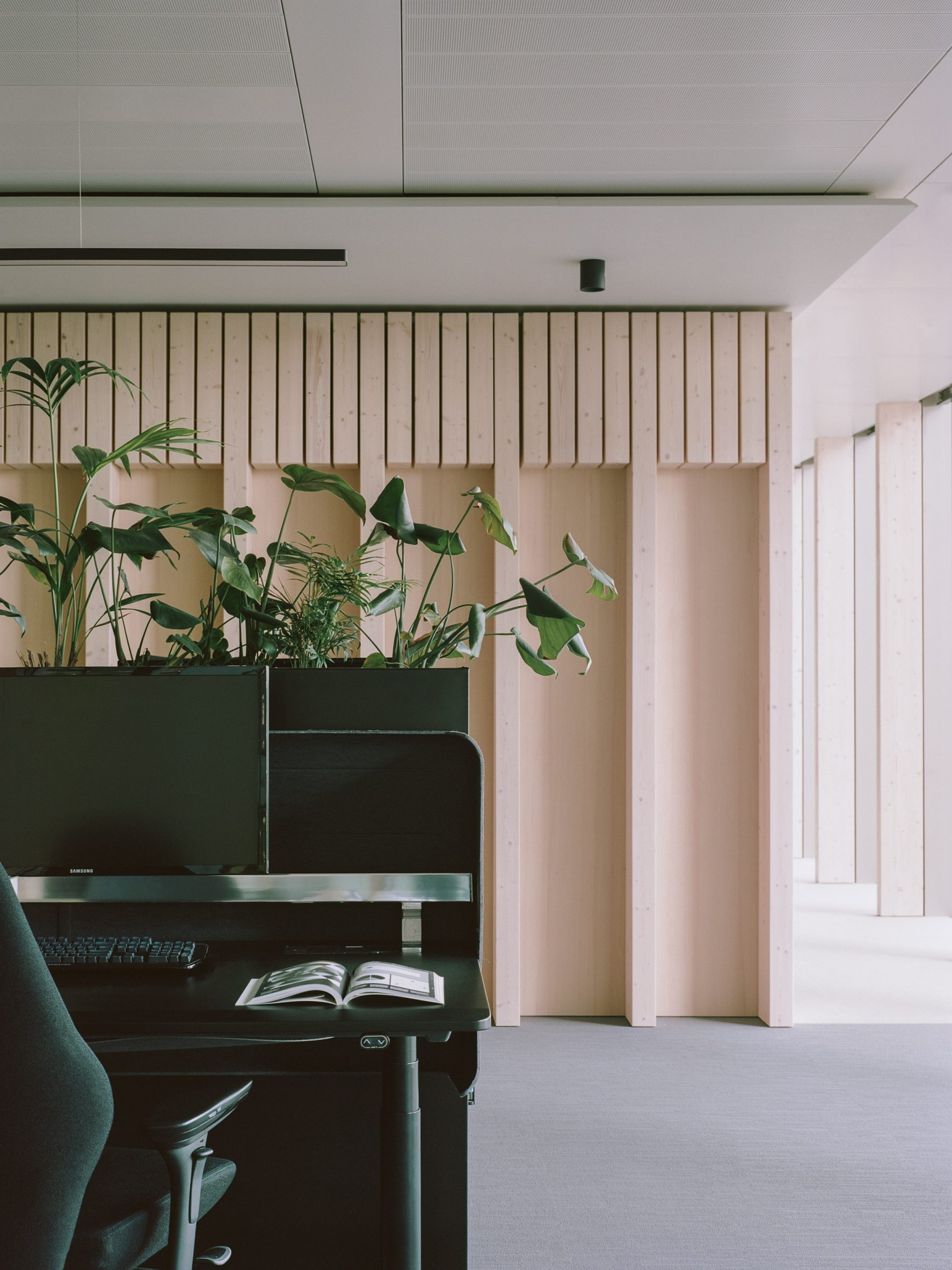 Planters are embedded into the office's desk banks
Planters are embedded into the office's desk banks
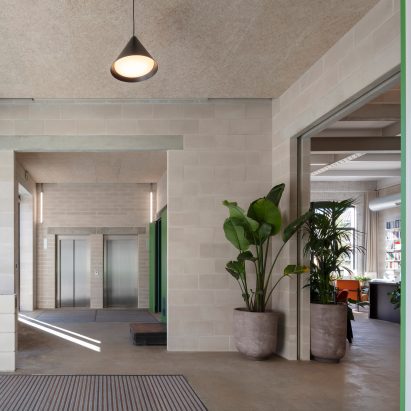
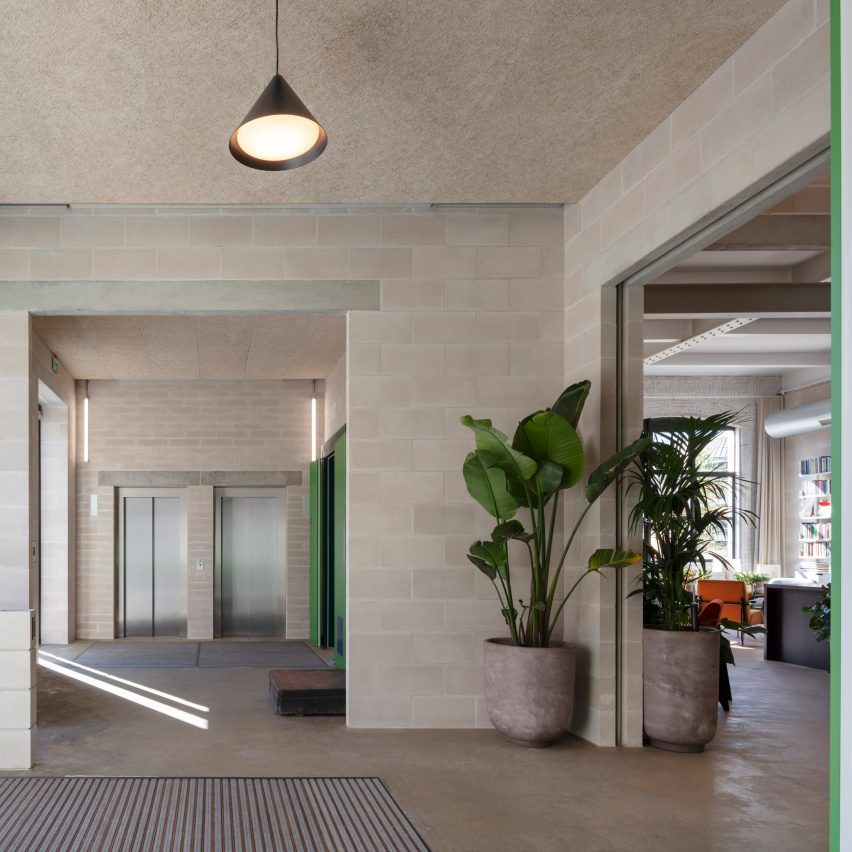
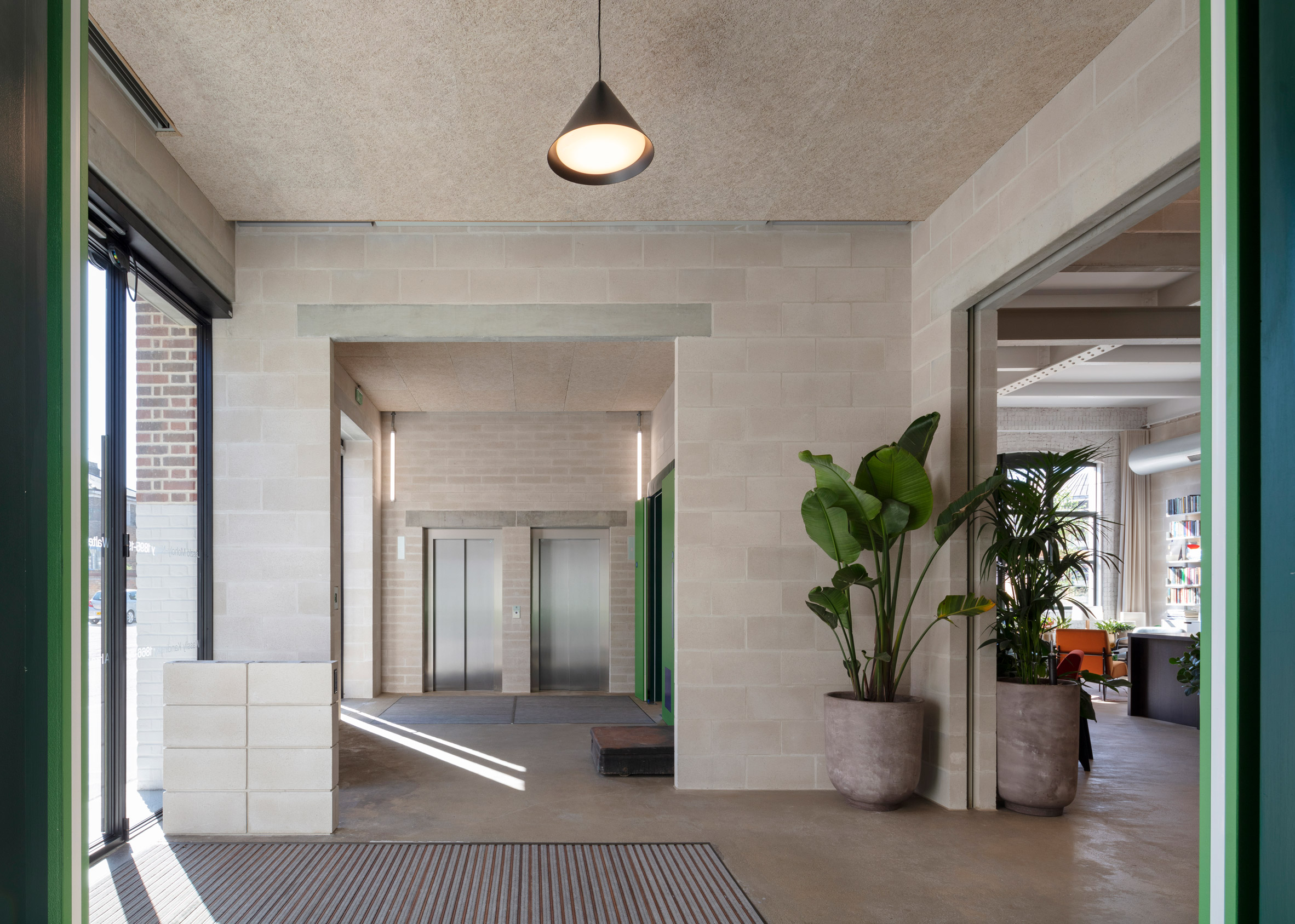 Structural elements are left exposed through Laszlo's interiors
Structural elements are left exposed through Laszlo's interiors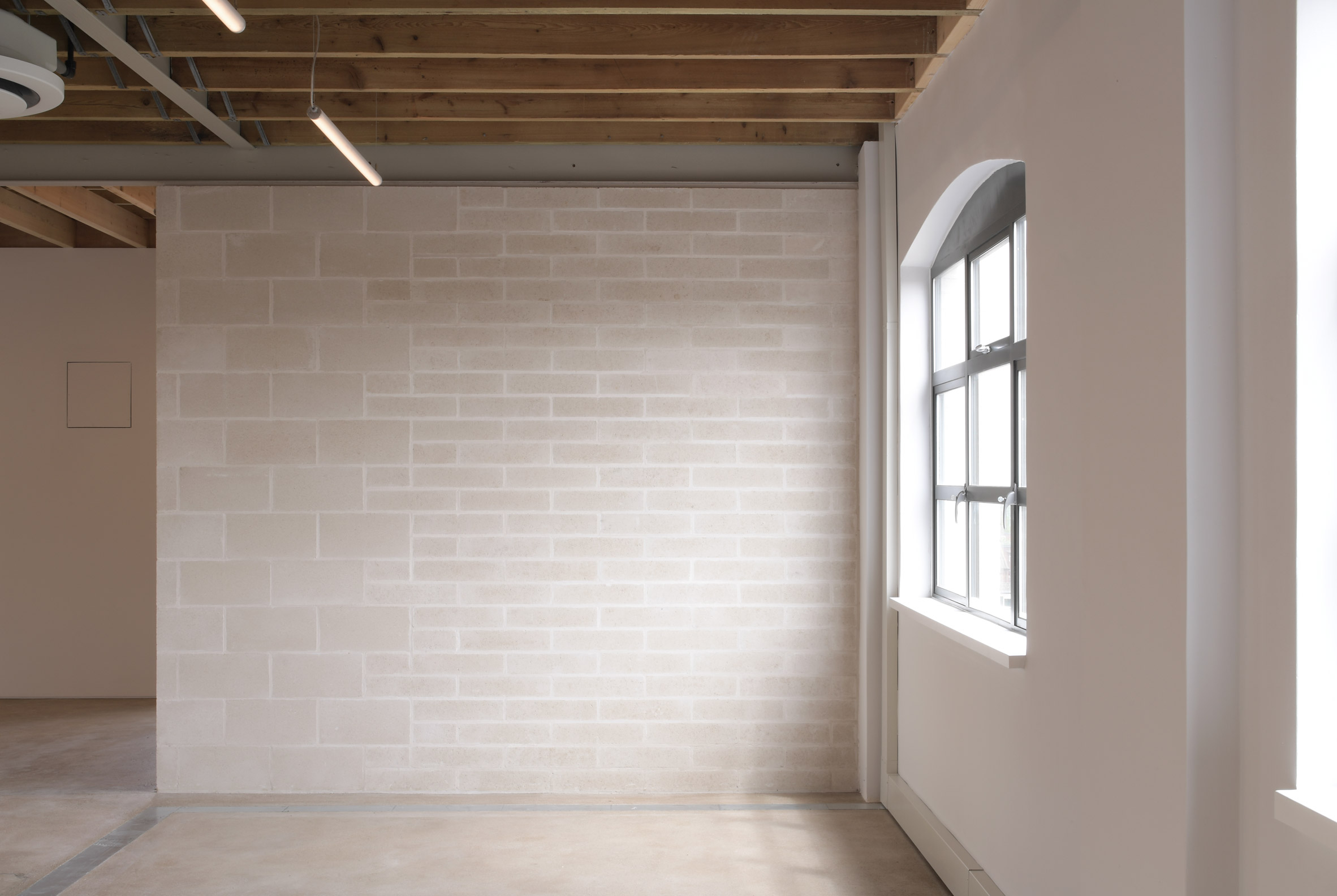 Offices are designed to require minimal additional fit-out
Offices are designed to require minimal additional fit-out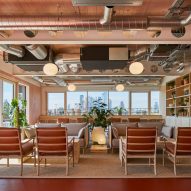
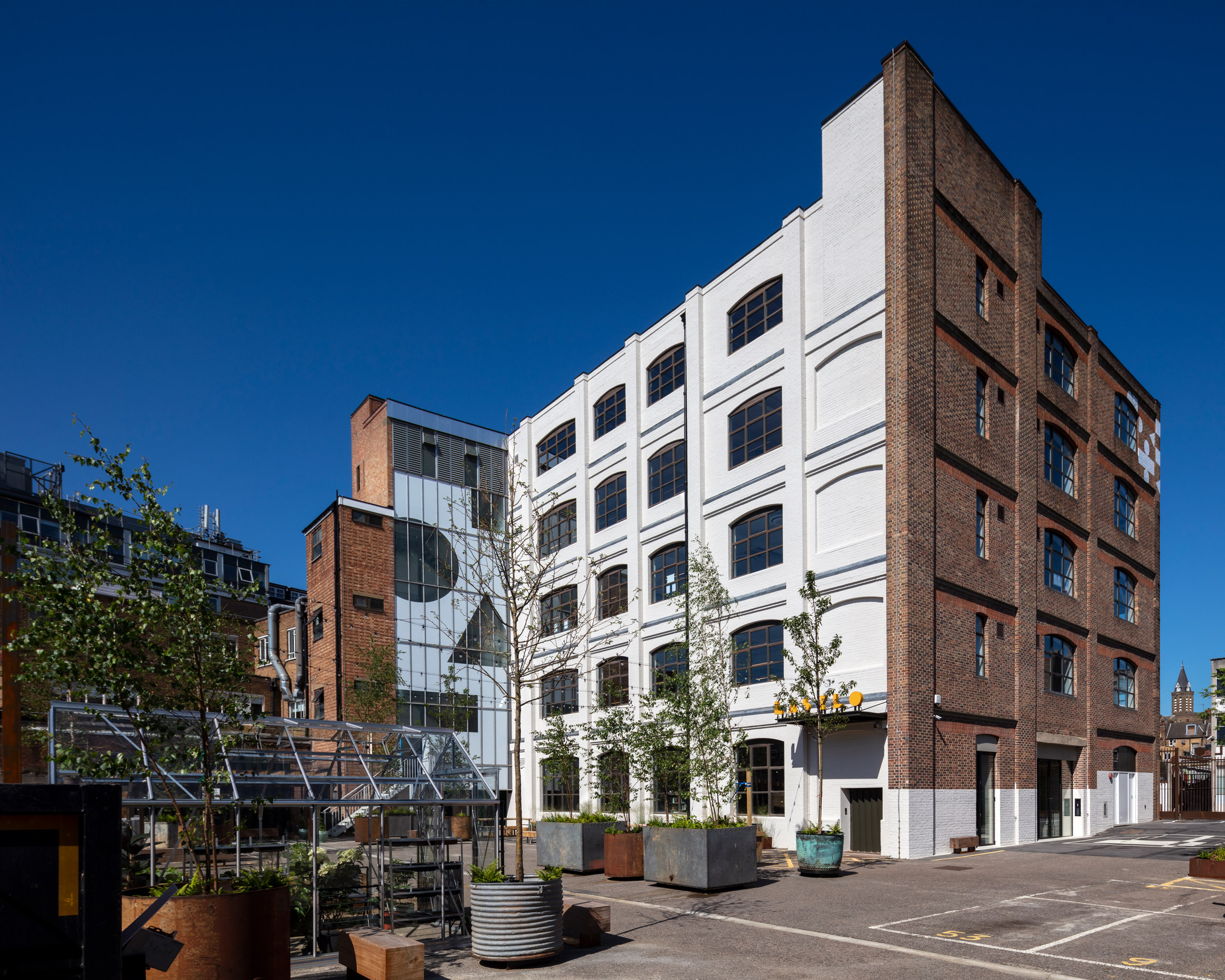 Geometric graphics signal the building's change of use
Geometric graphics signal the building's change of use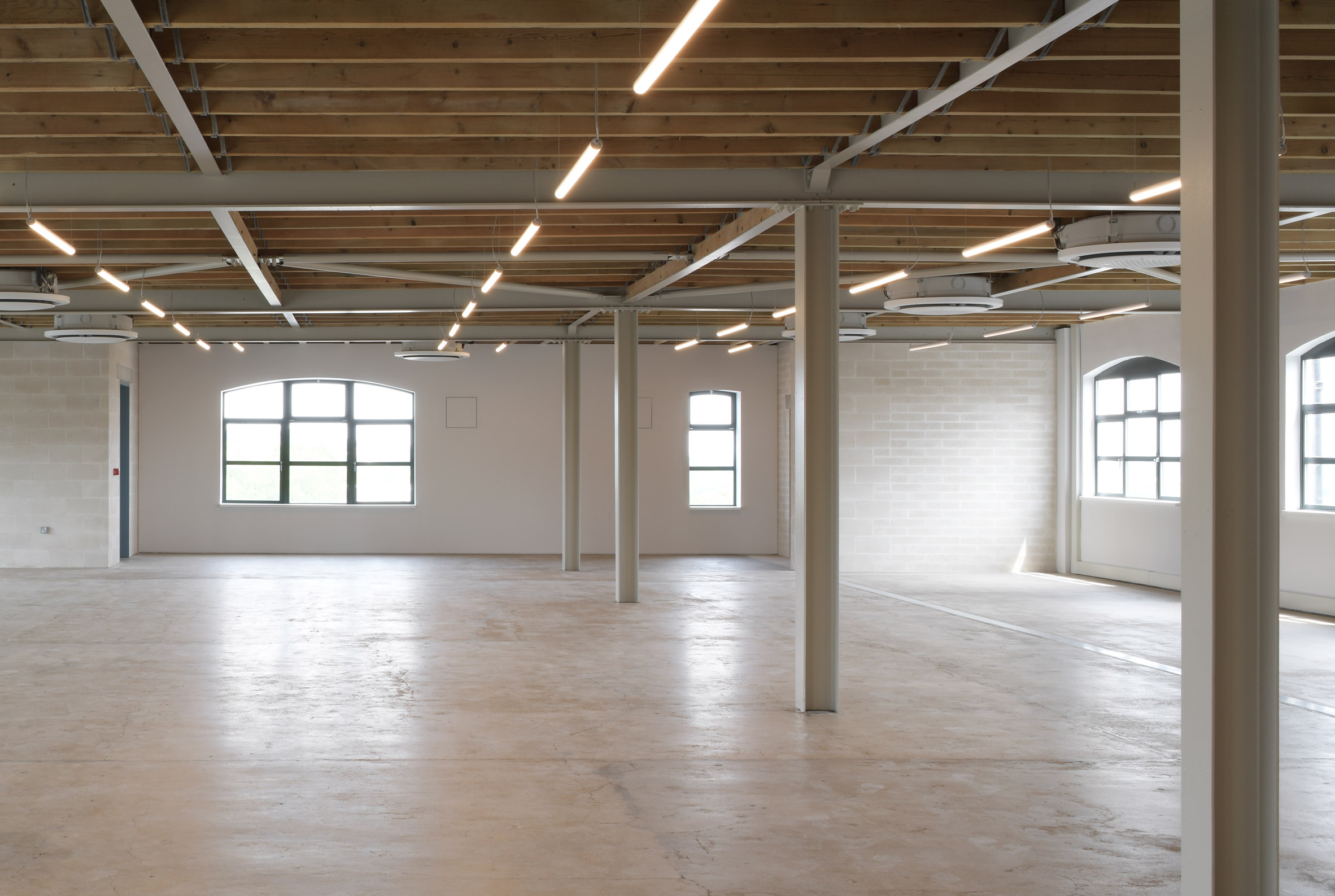 A steel and timber joisted roof is now exposed on the fourth floor
A steel and timber joisted roof is now exposed on the fourth floor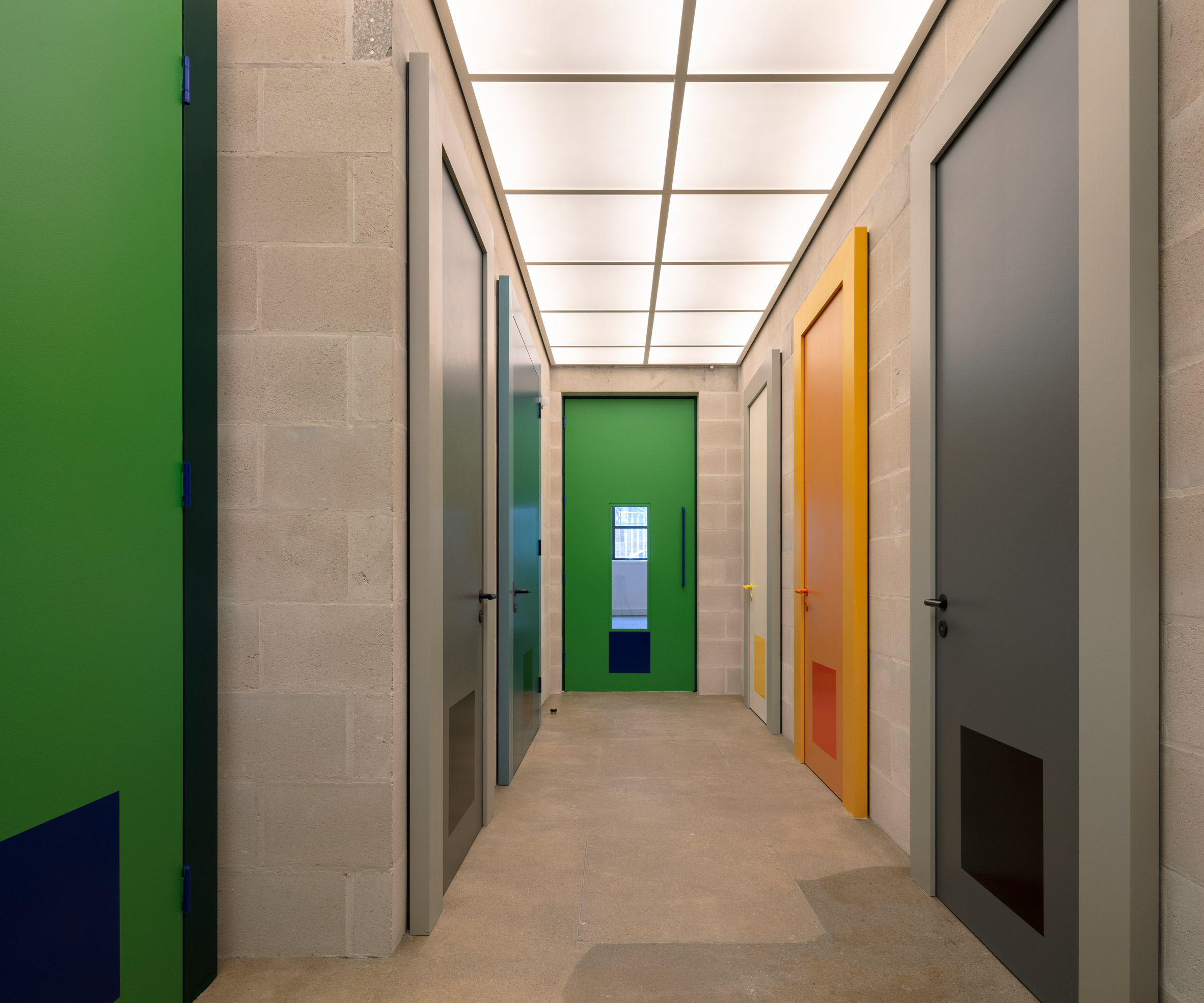 Doors throughout the interior borrow tones from Josef Albers' colour studies
Doors throughout the interior borrow tones from Josef Albers' colour studies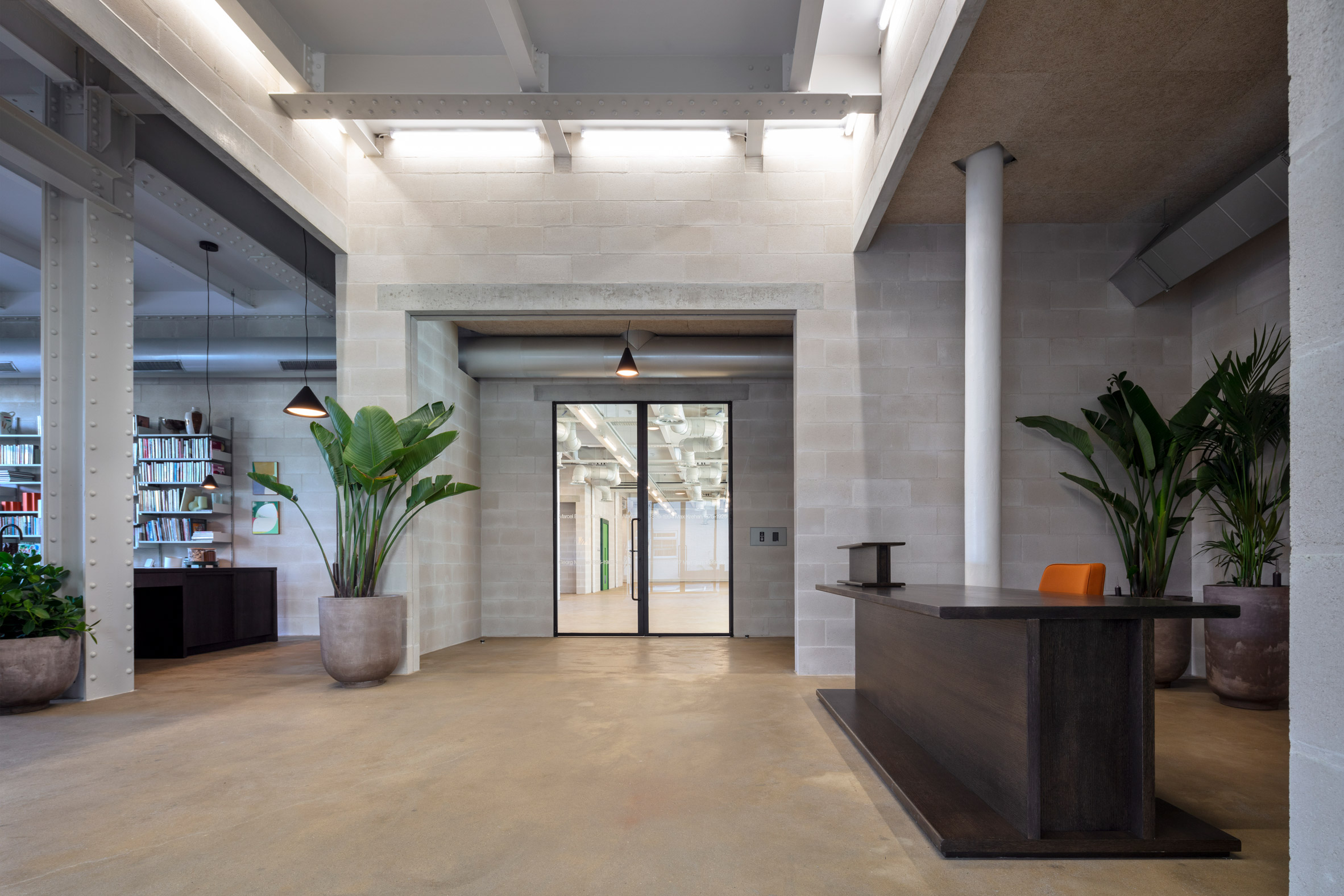 The reception features a desk shaped like an I beam
The reception features a desk shaped like an I beam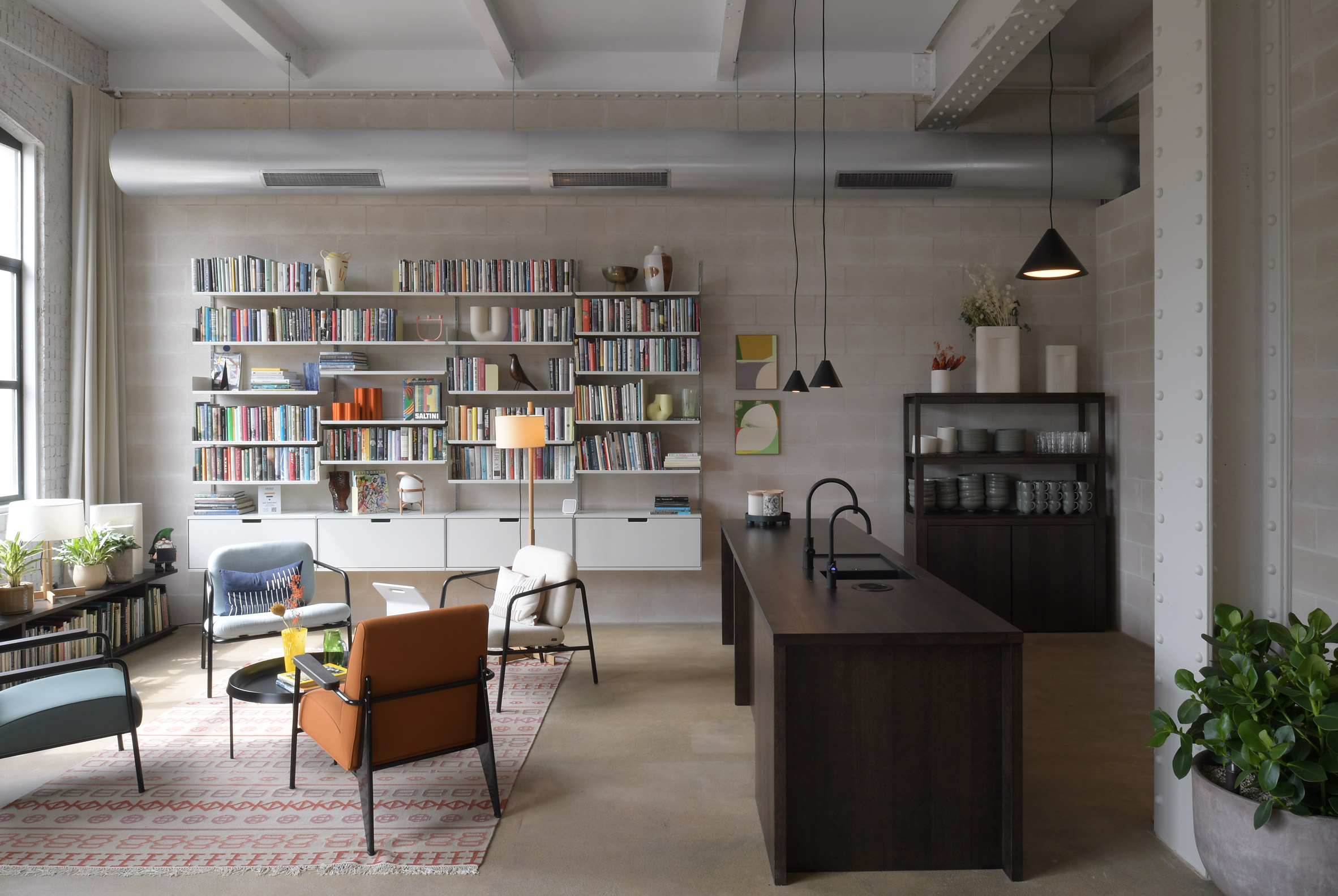 A living room with kitchen is shared by all tenants
A living room with kitchen is shared by all tenants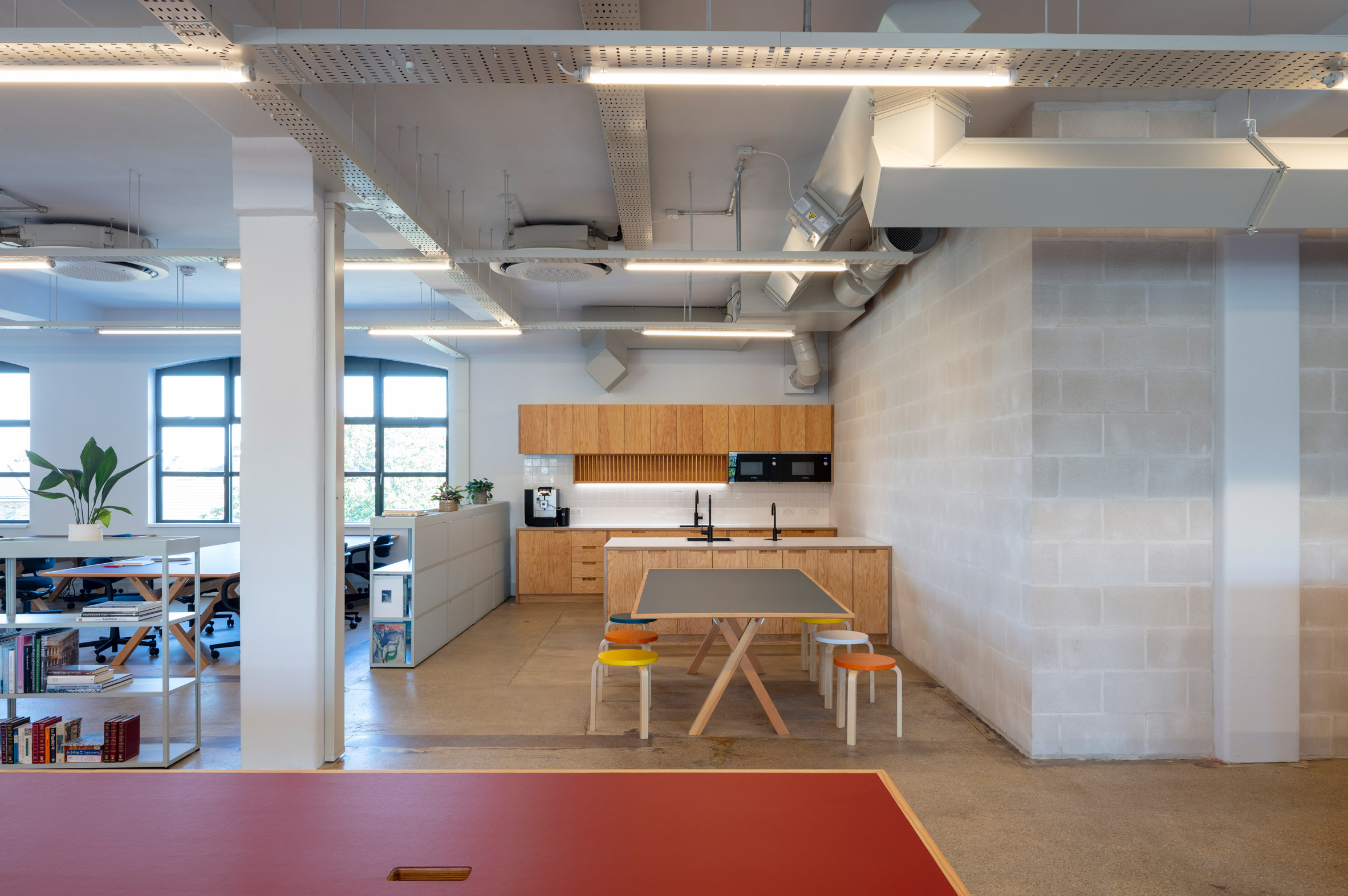 One of the office floors has already been furnished
One of the office floors has already been furnished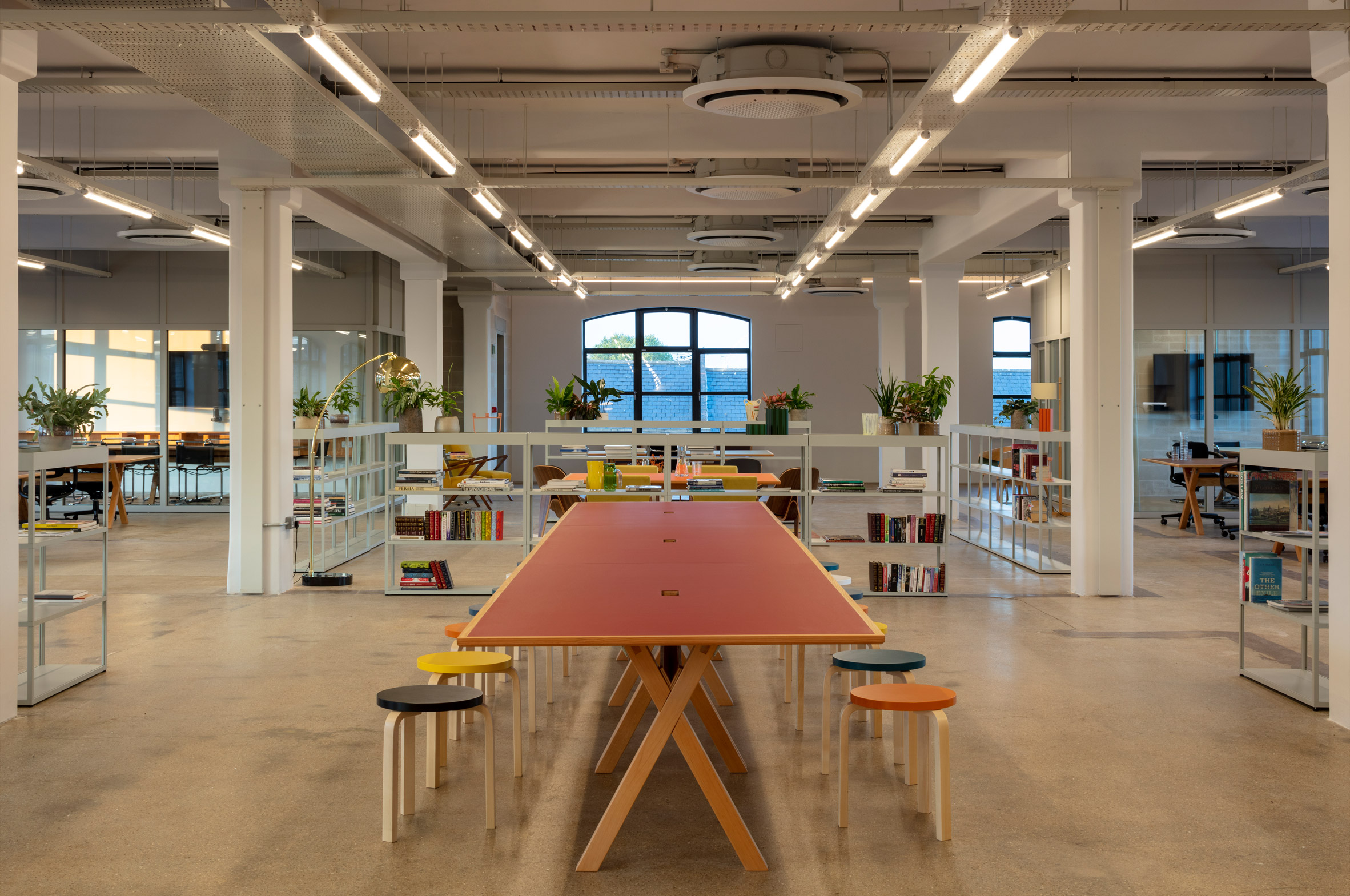 The space features colourful desks, open shelves and glazed meeting rooms
The space features colourful desks, open shelves and glazed meeting rooms

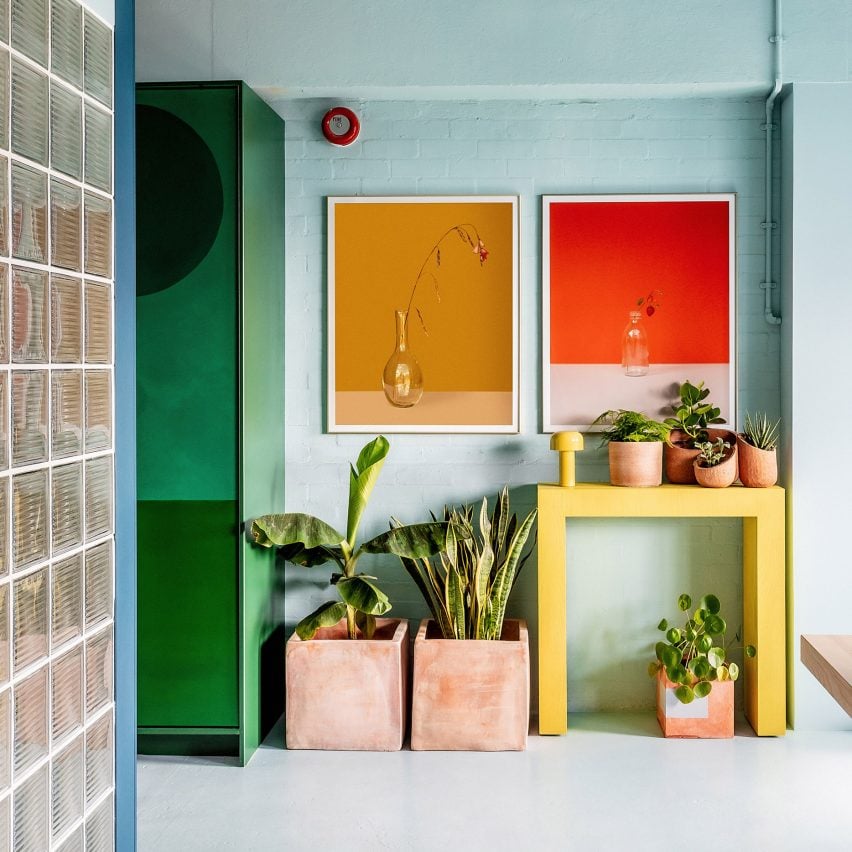
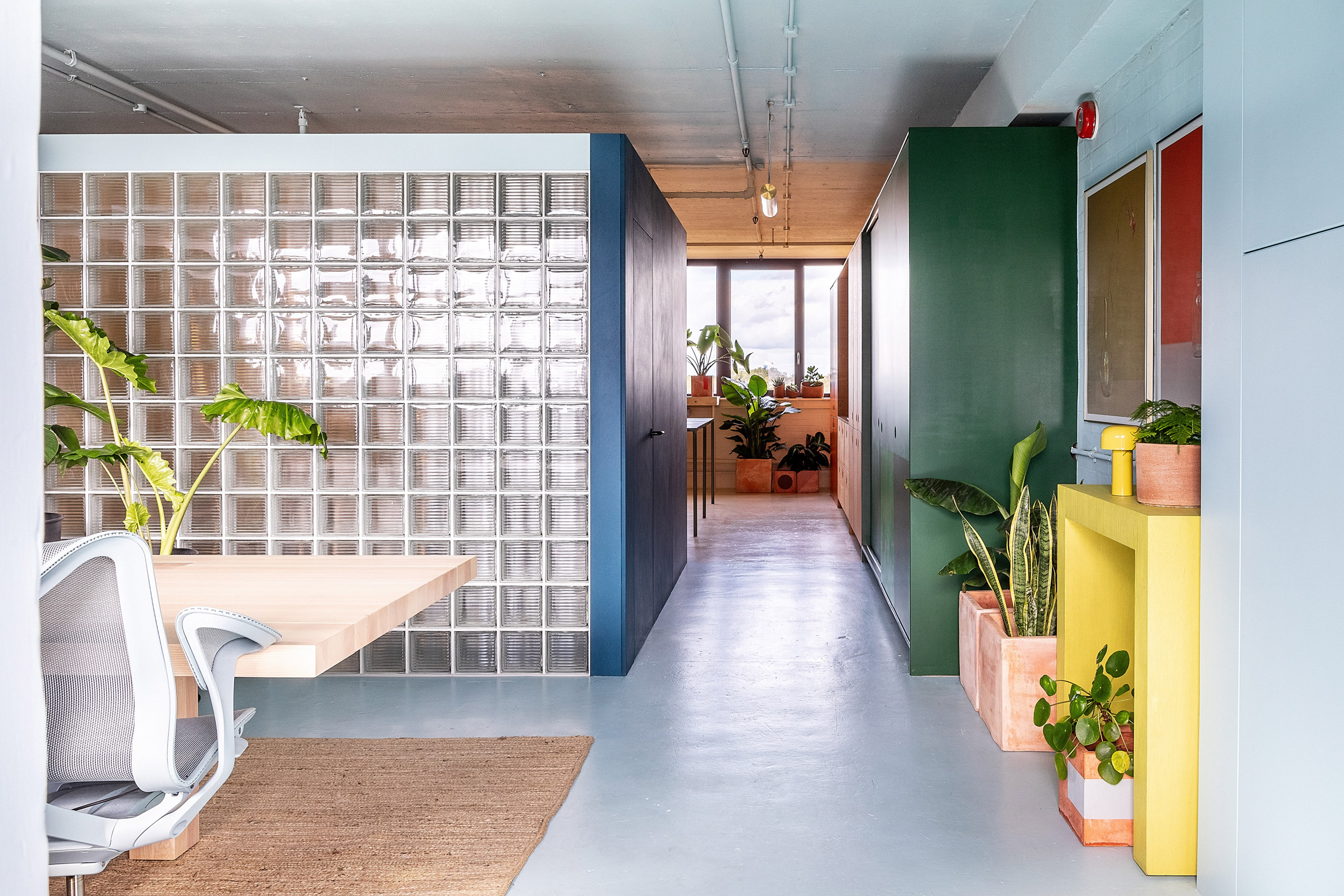 The Zetteler headquarters is located in east London
The Zetteler headquarters is located in east London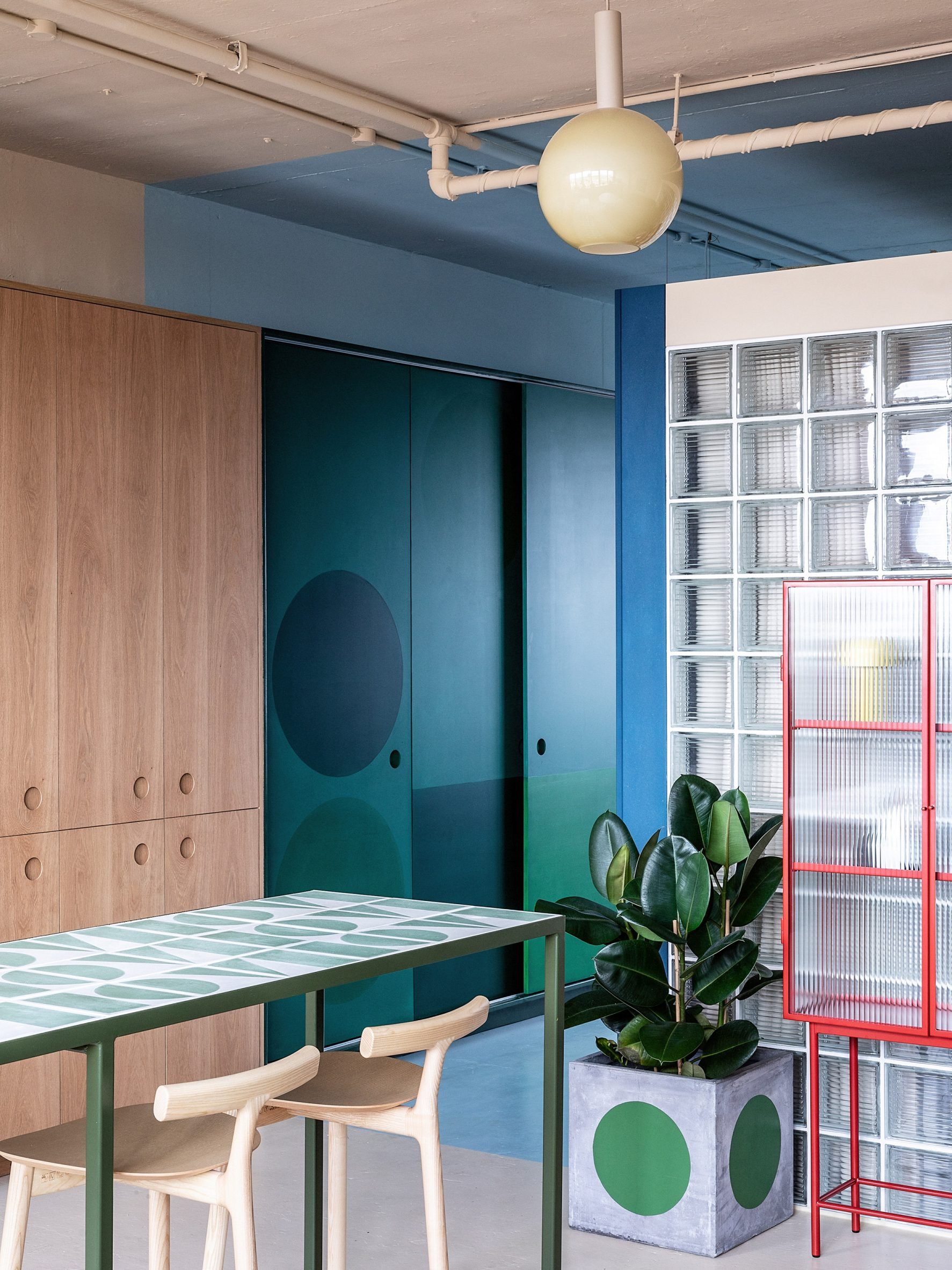 Plants are dotted throughout the space
Plants are dotted throughout the space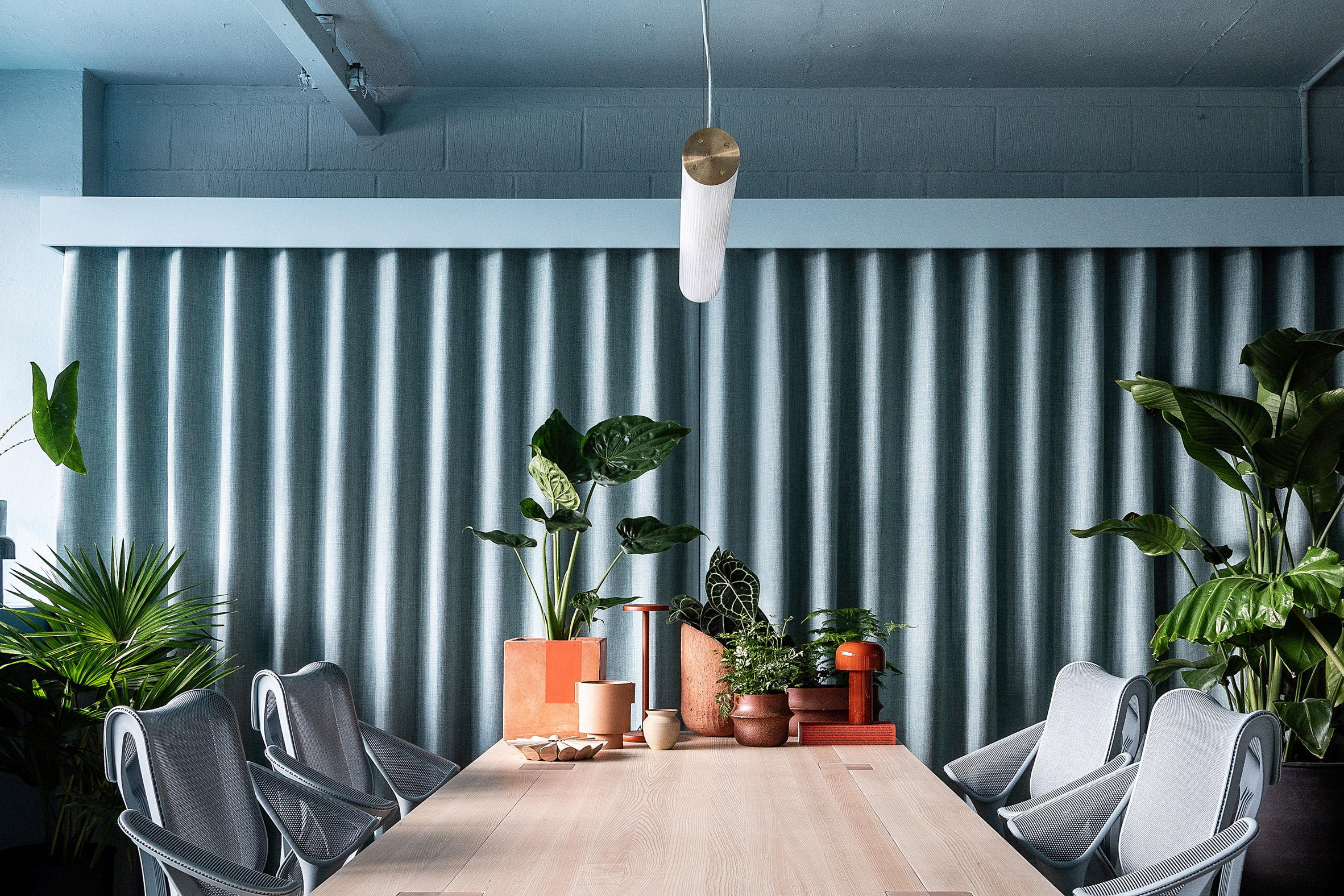 A duck-egg blue decorates the main workspace
A duck-egg blue decorates the main workspace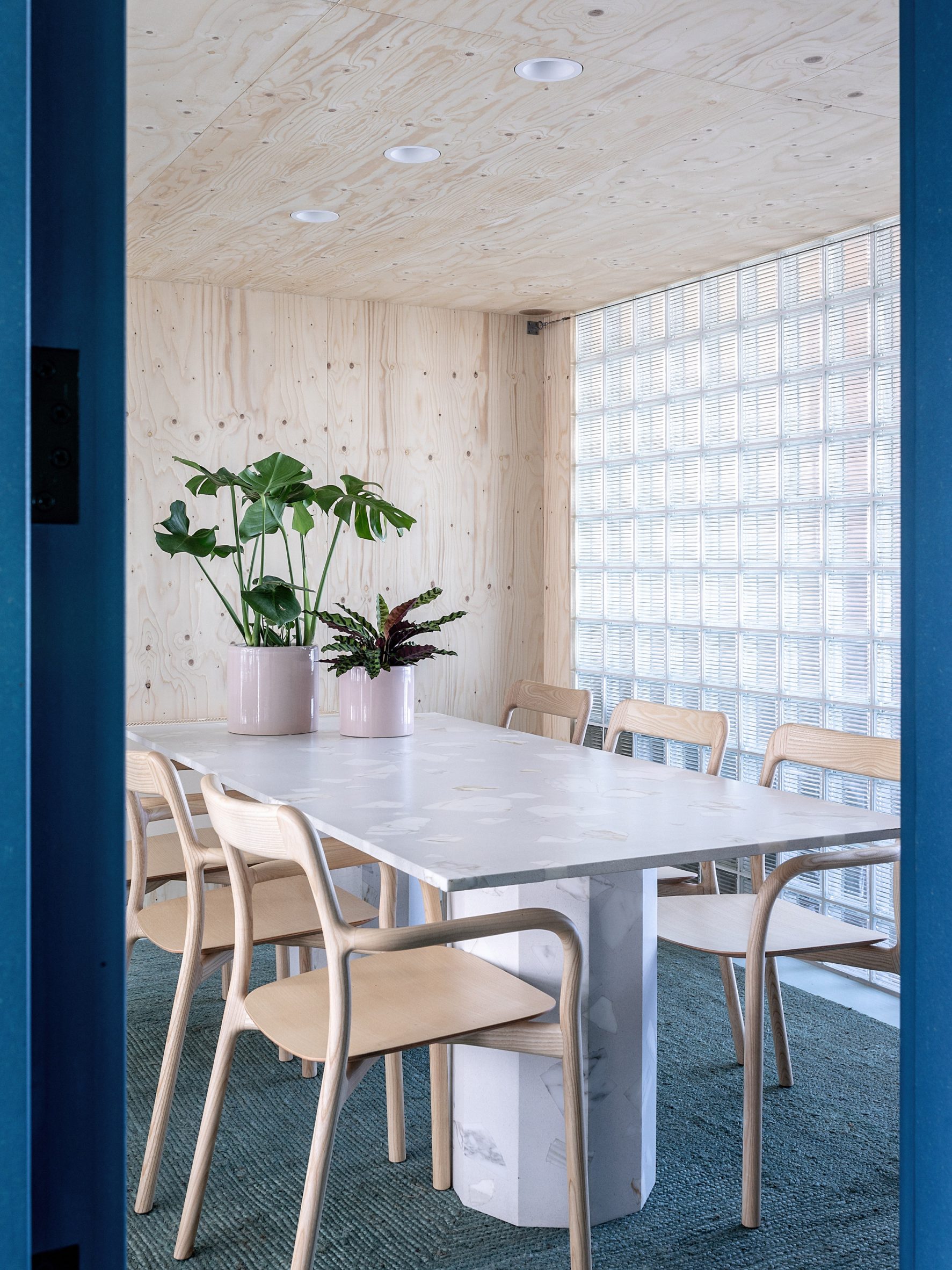 Glass bricks create a light meeting room
Glass bricks create a light meeting room
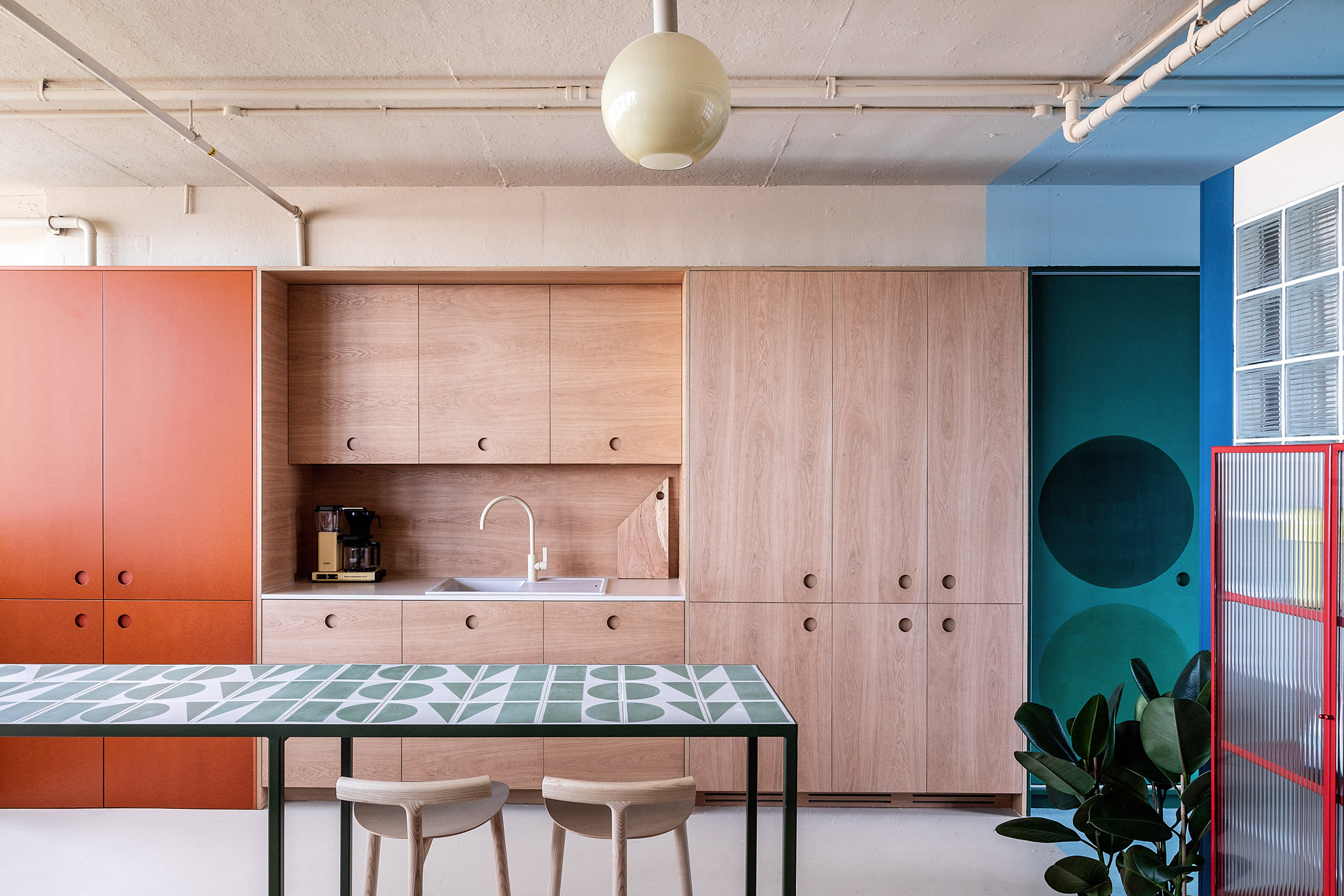 The Zetteler kitchen features wood and Valchromat surfaces
The Zetteler kitchen features wood and Valchromat surfaces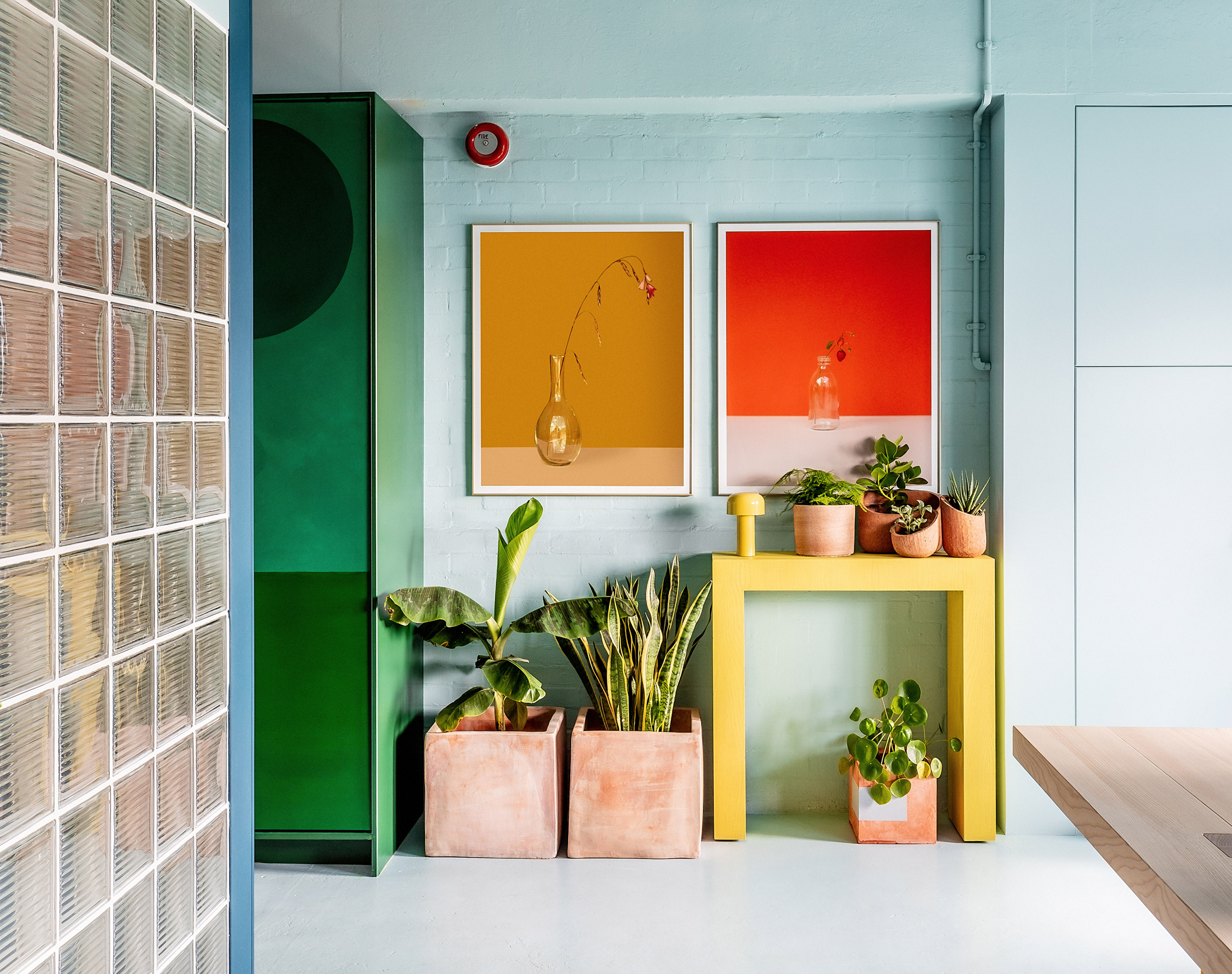 Pale blue walls meet green storage spaces and a glass-brick meeting room
Pale blue walls meet green storage spaces and a glass-brick meeting room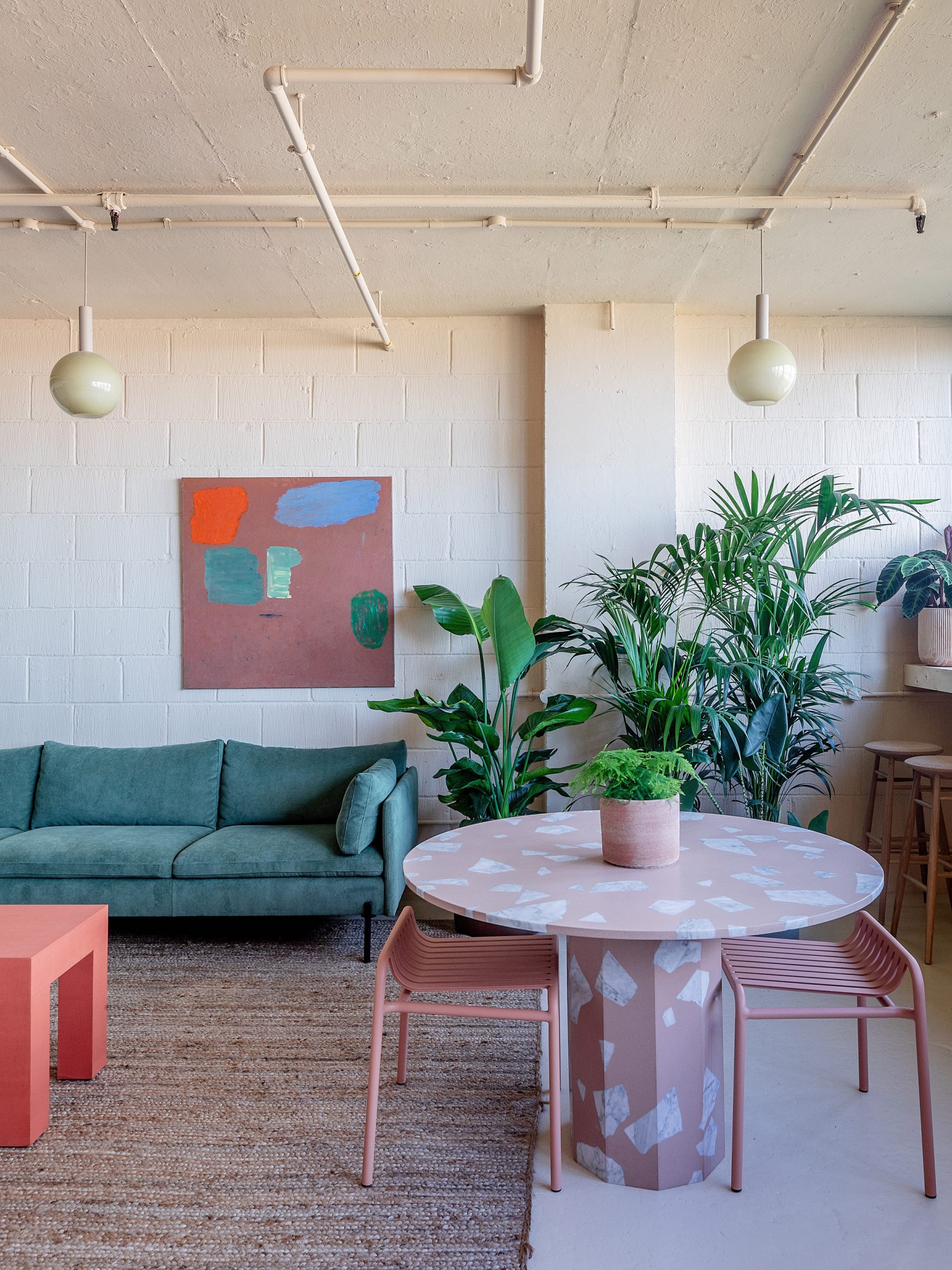 Warmer hues were used at the north-facing rear of the building
Warmer hues were used at the north-facing rear of the building A deep blue hue makes the meeting room feel cosy
A deep blue hue makes the meeting room feel cosy